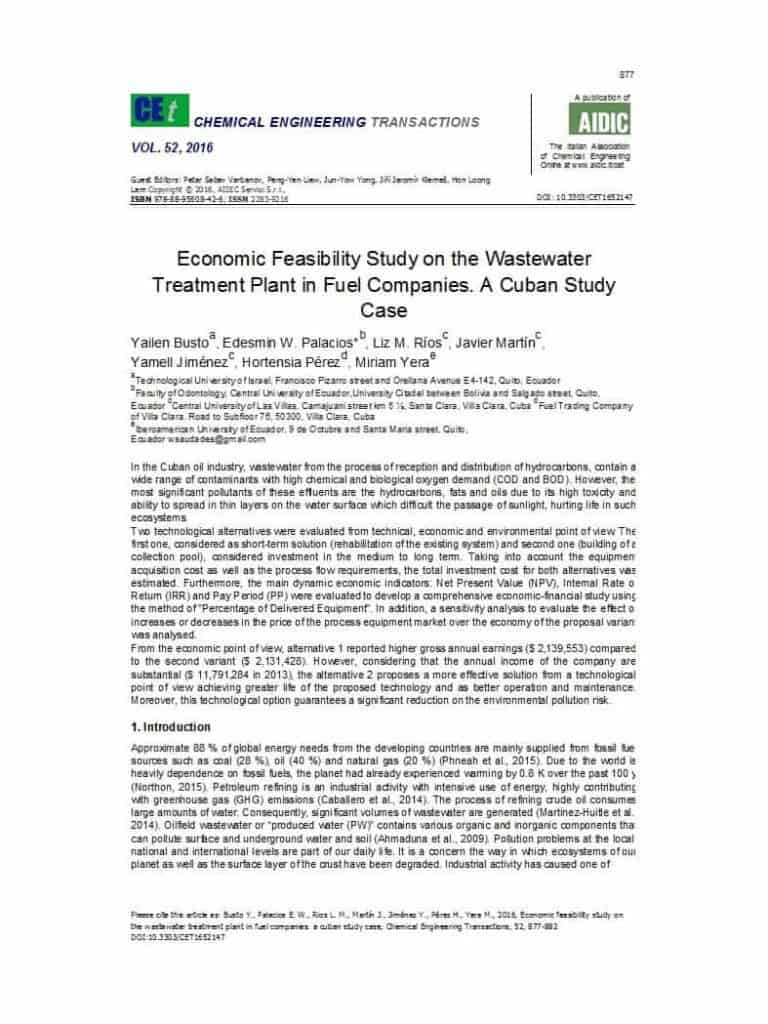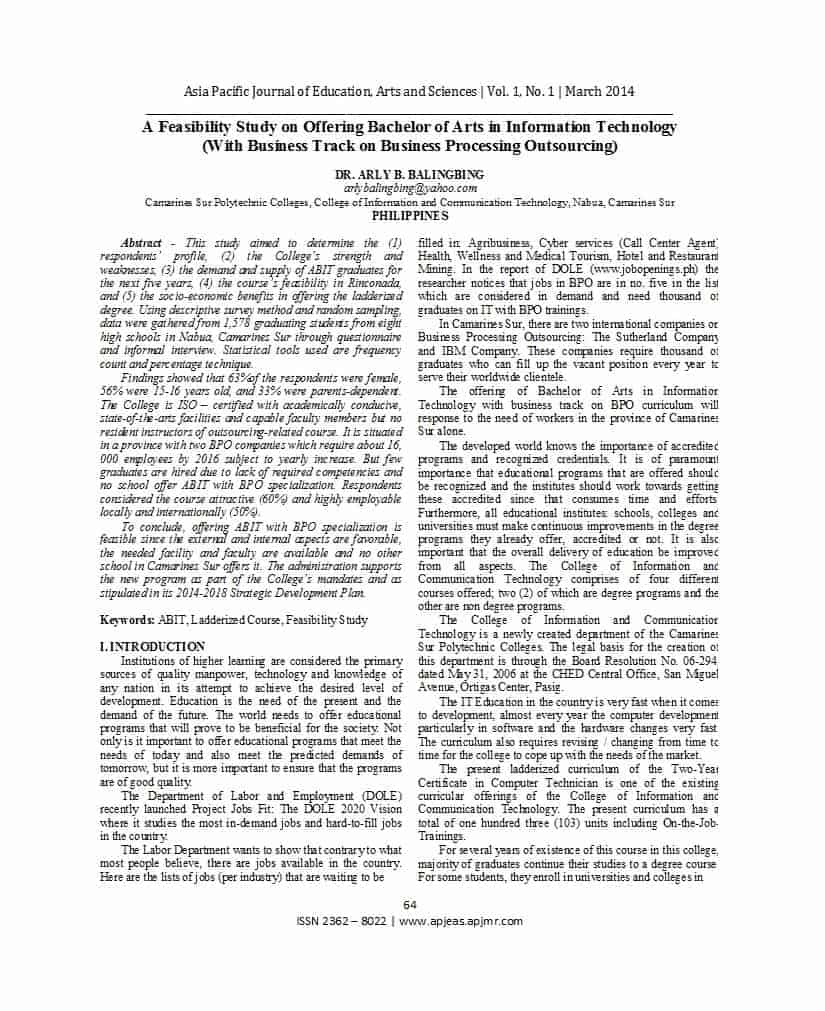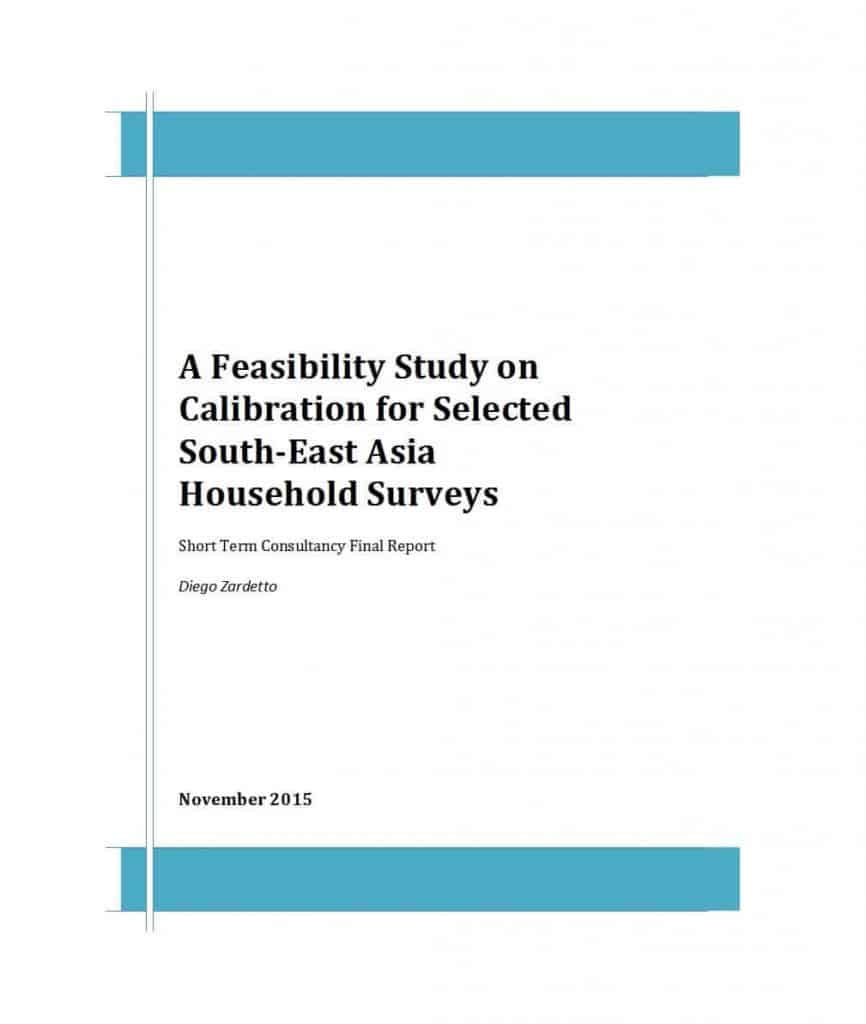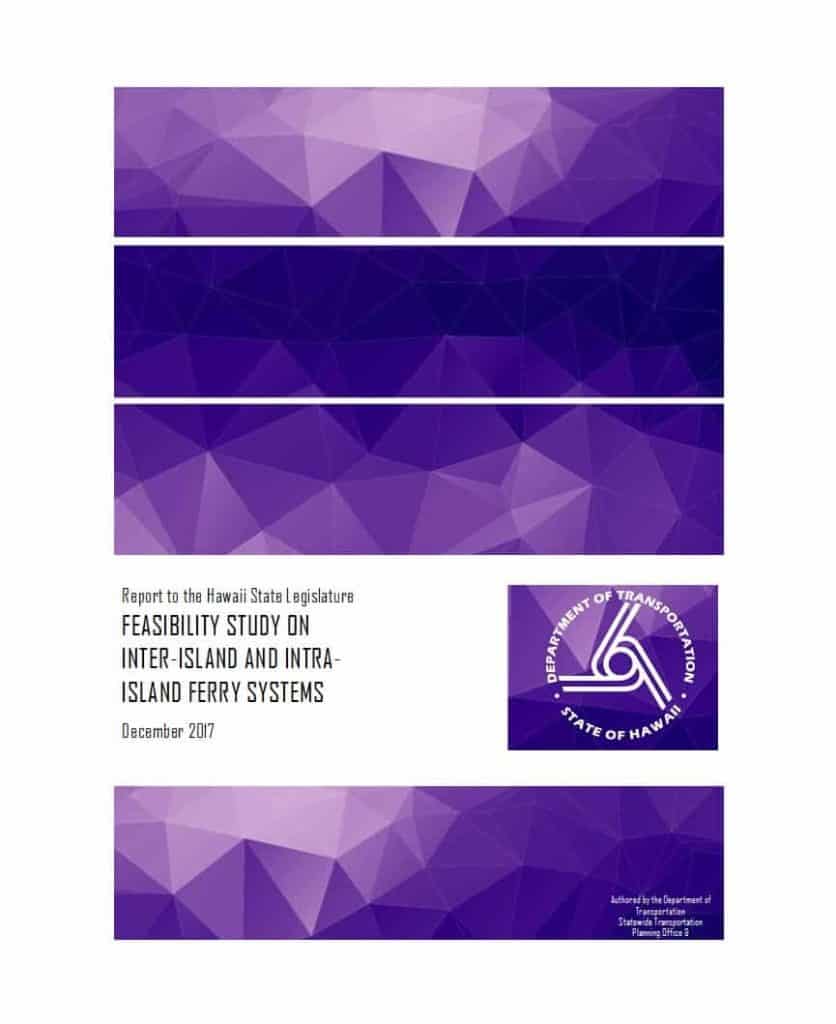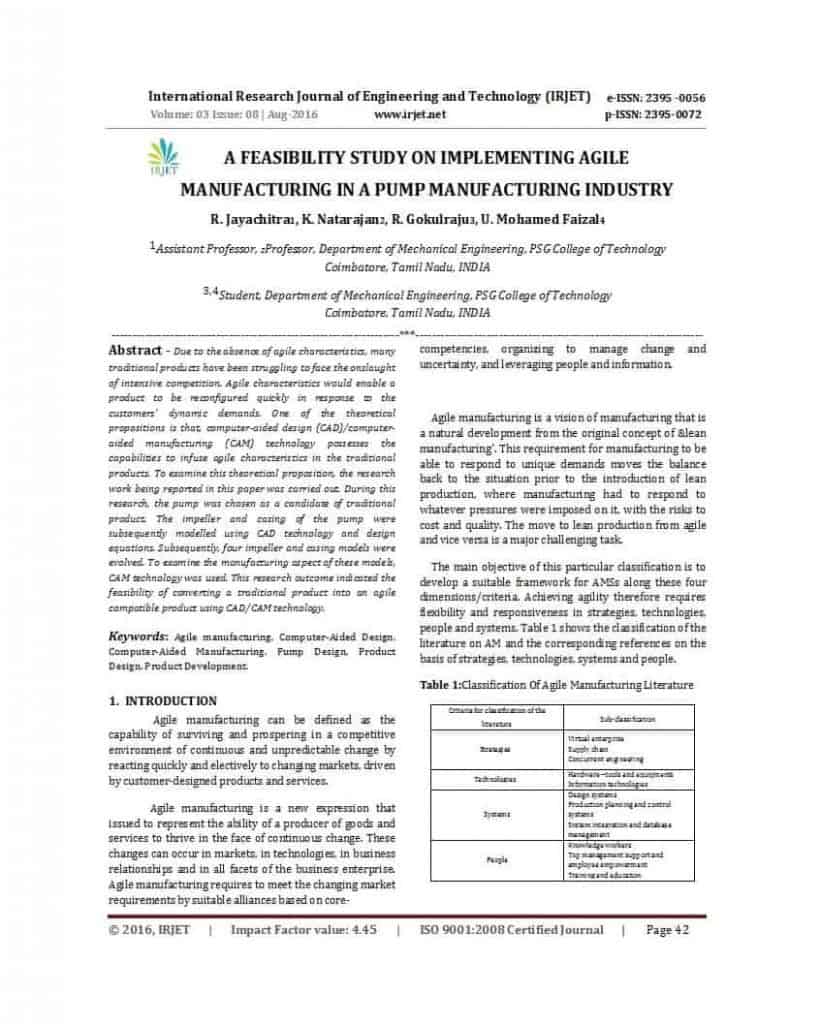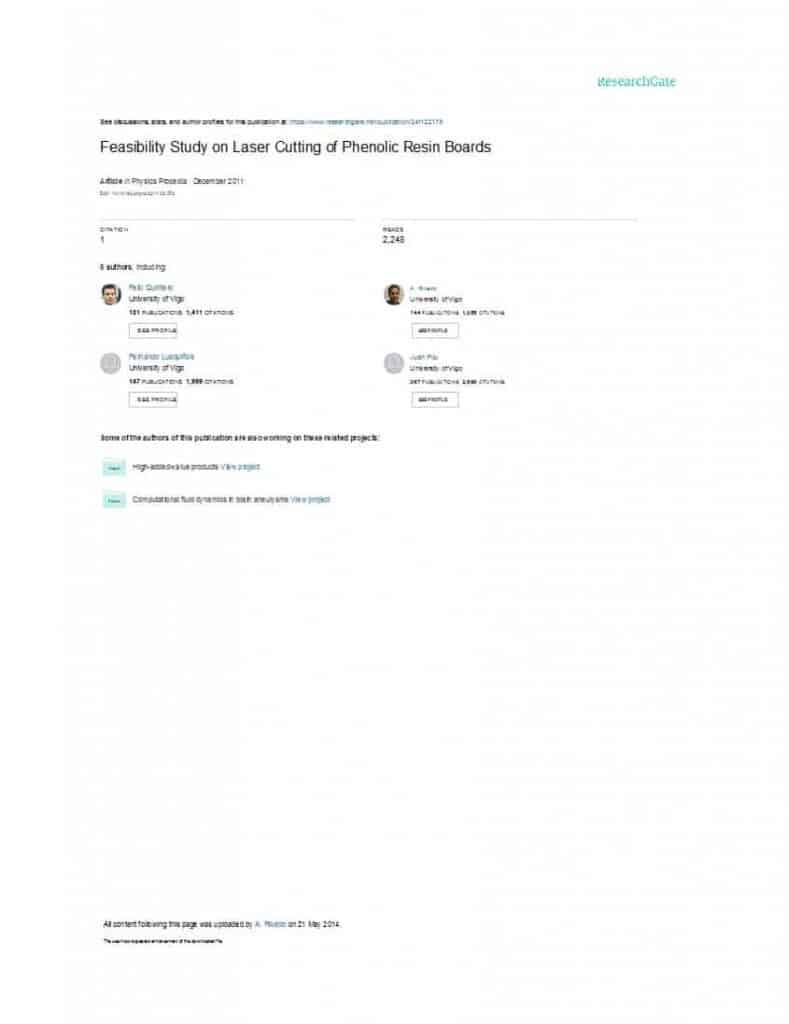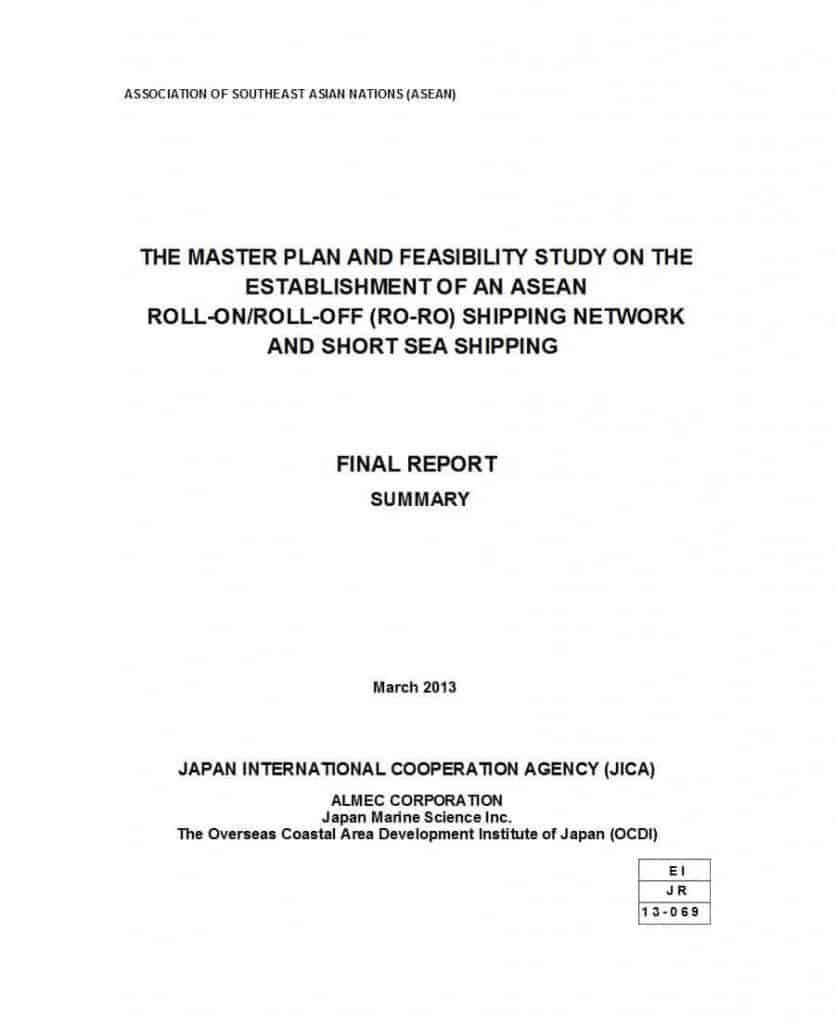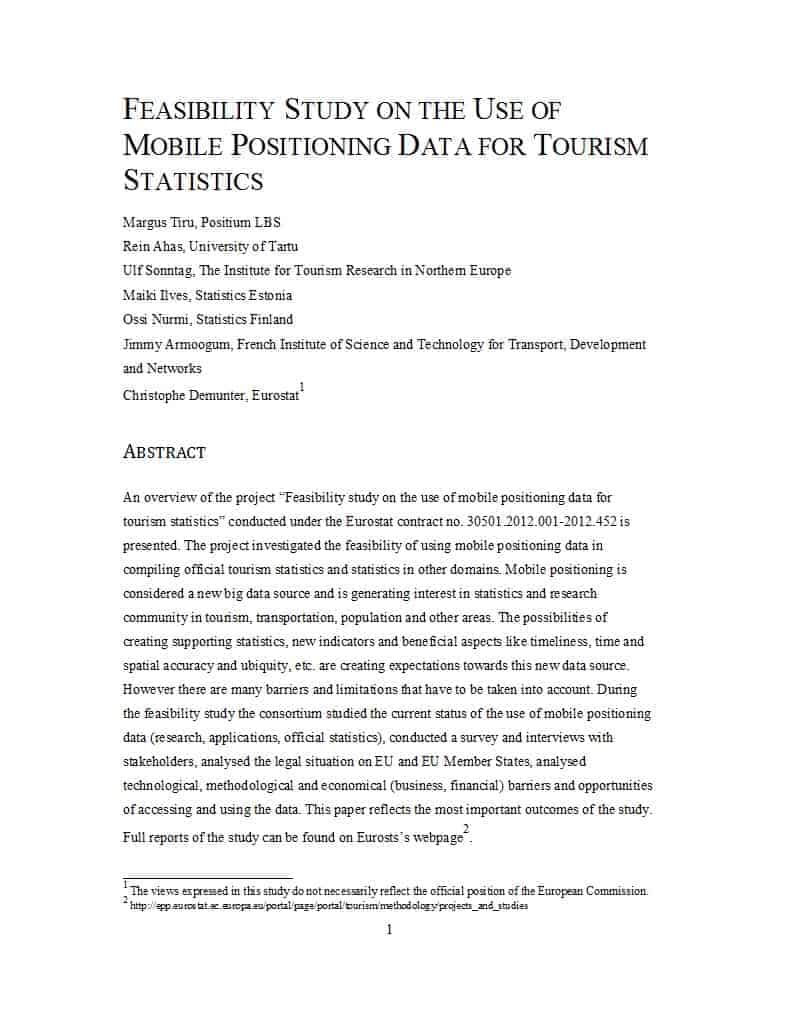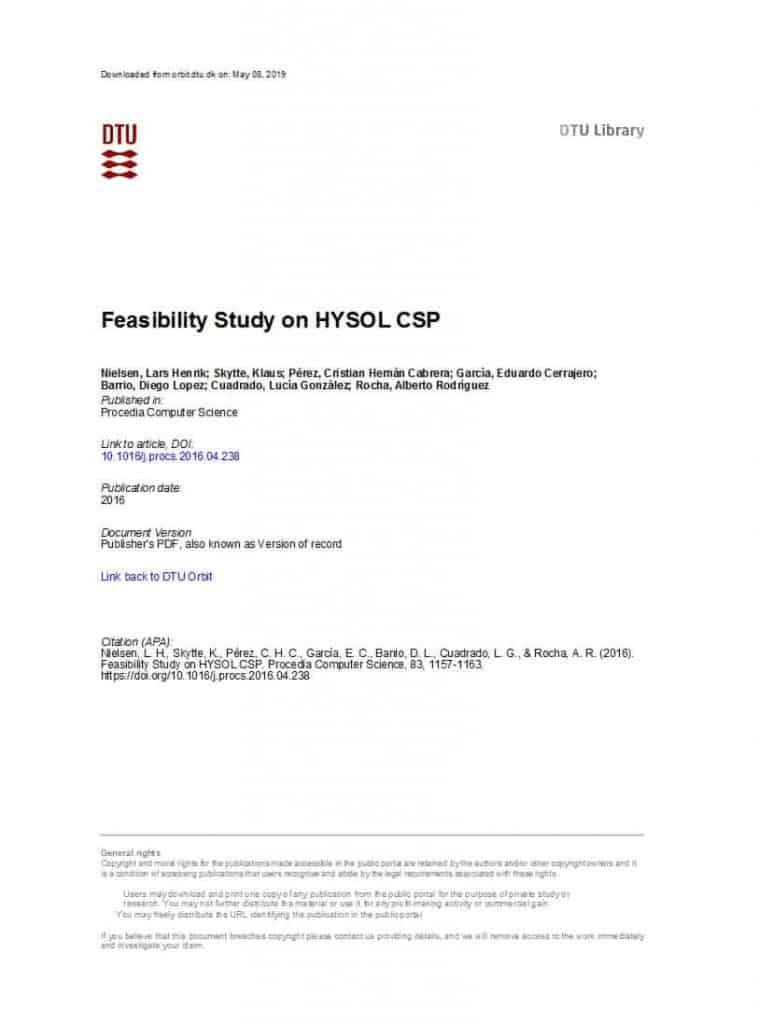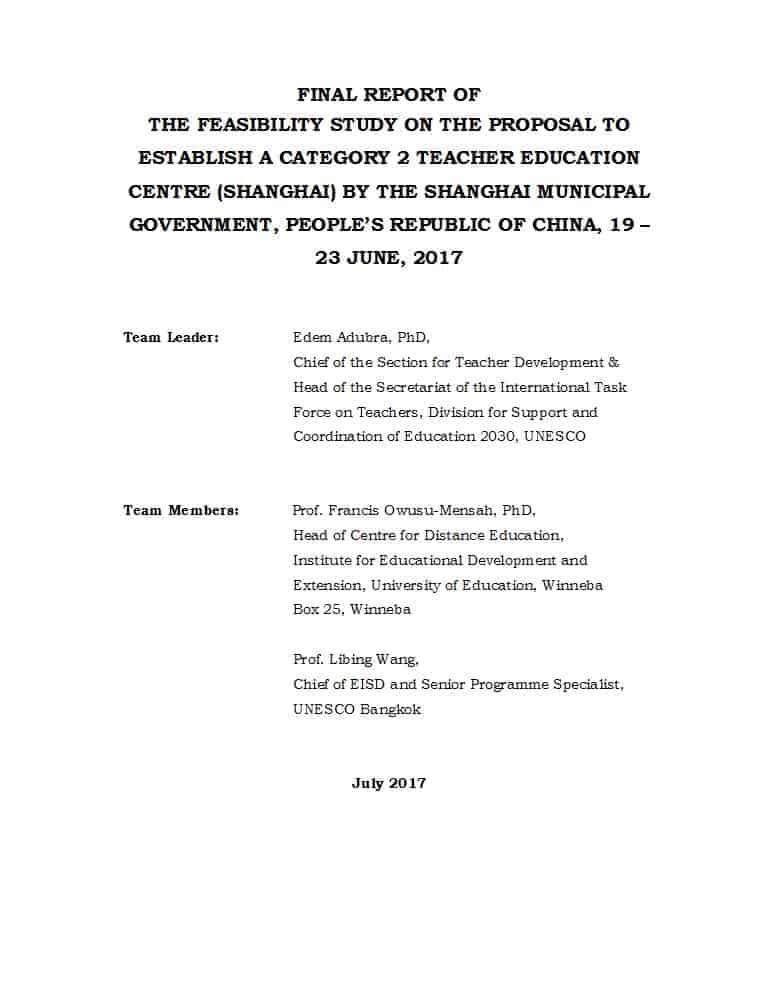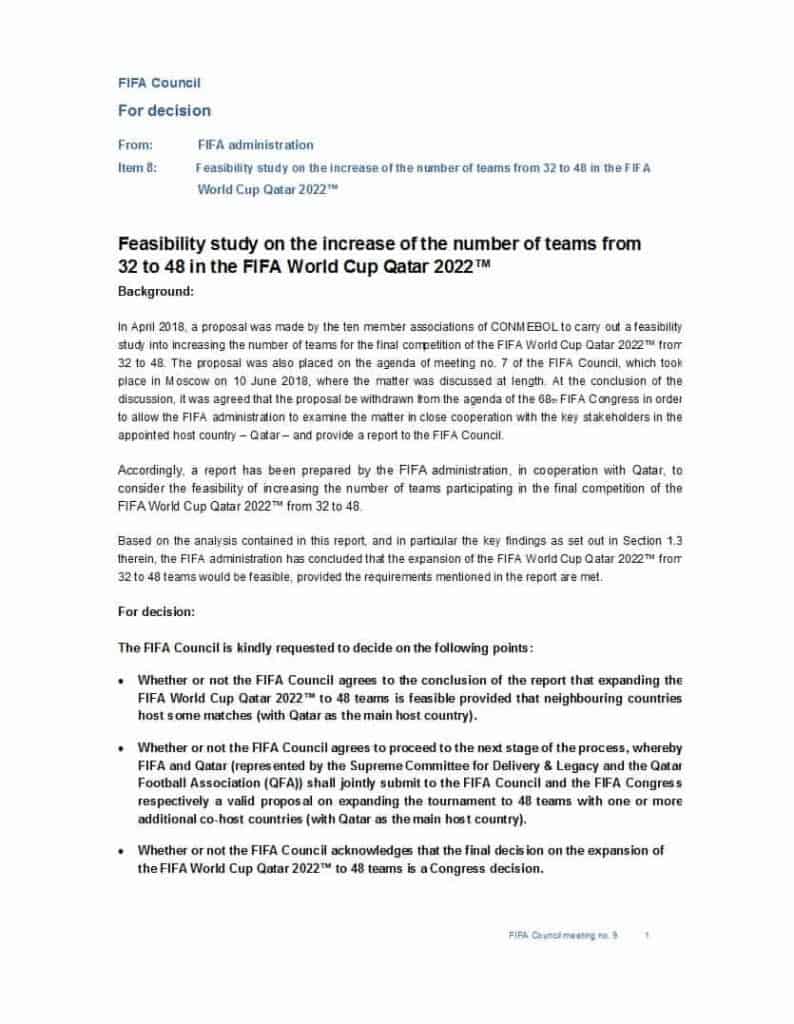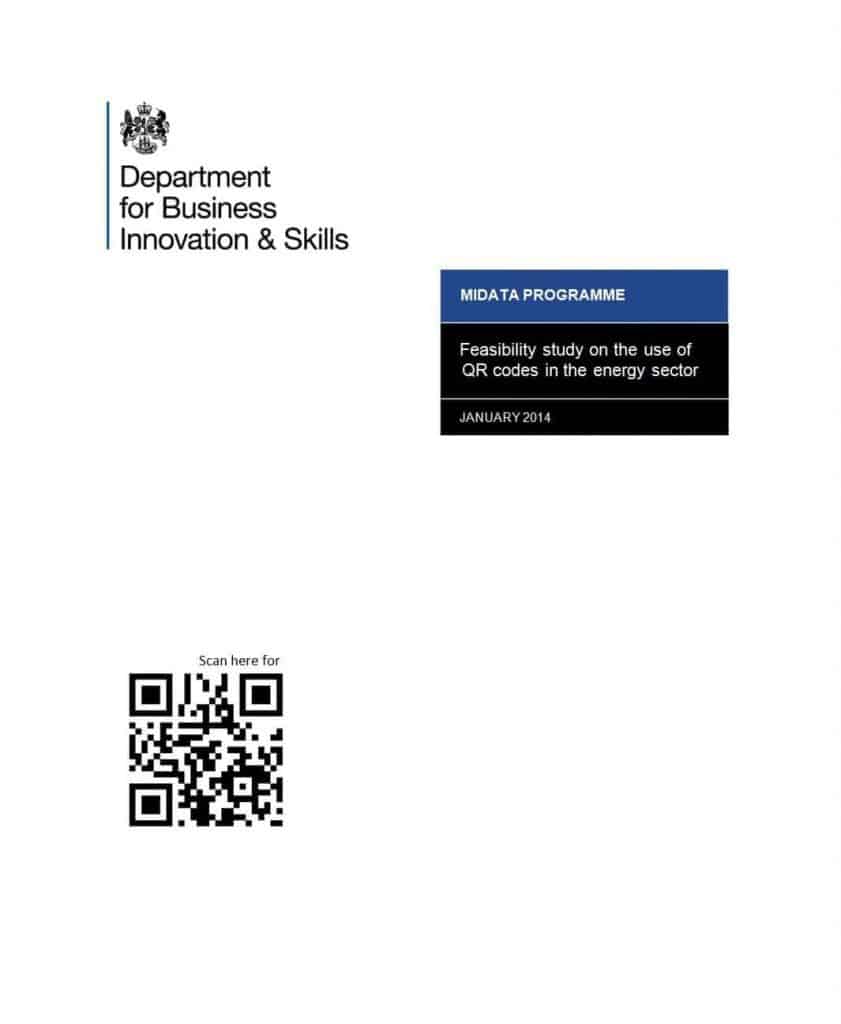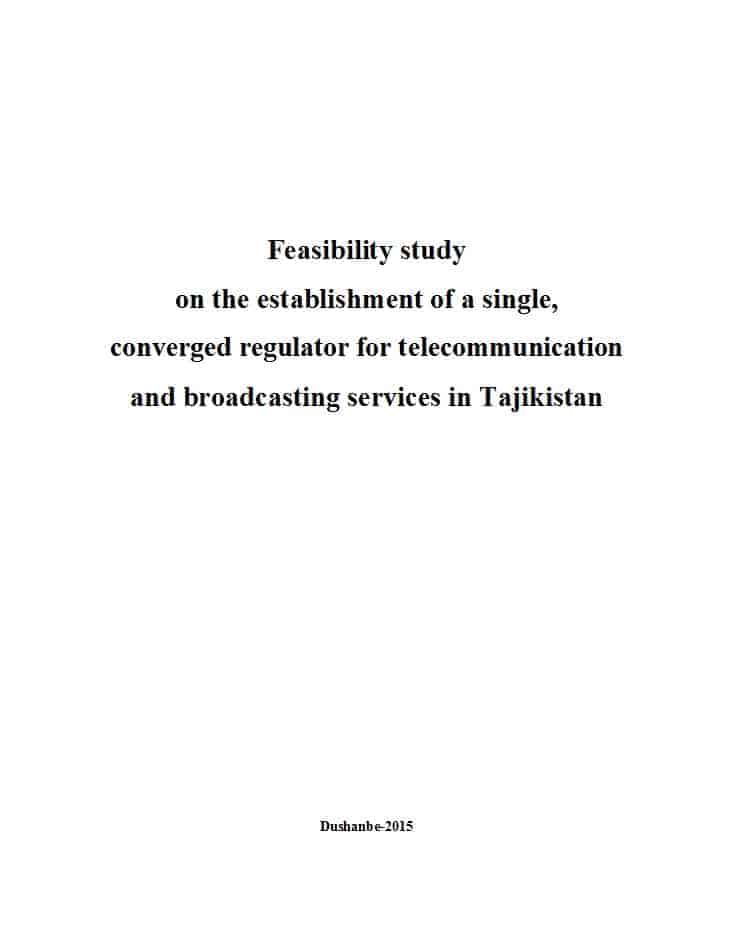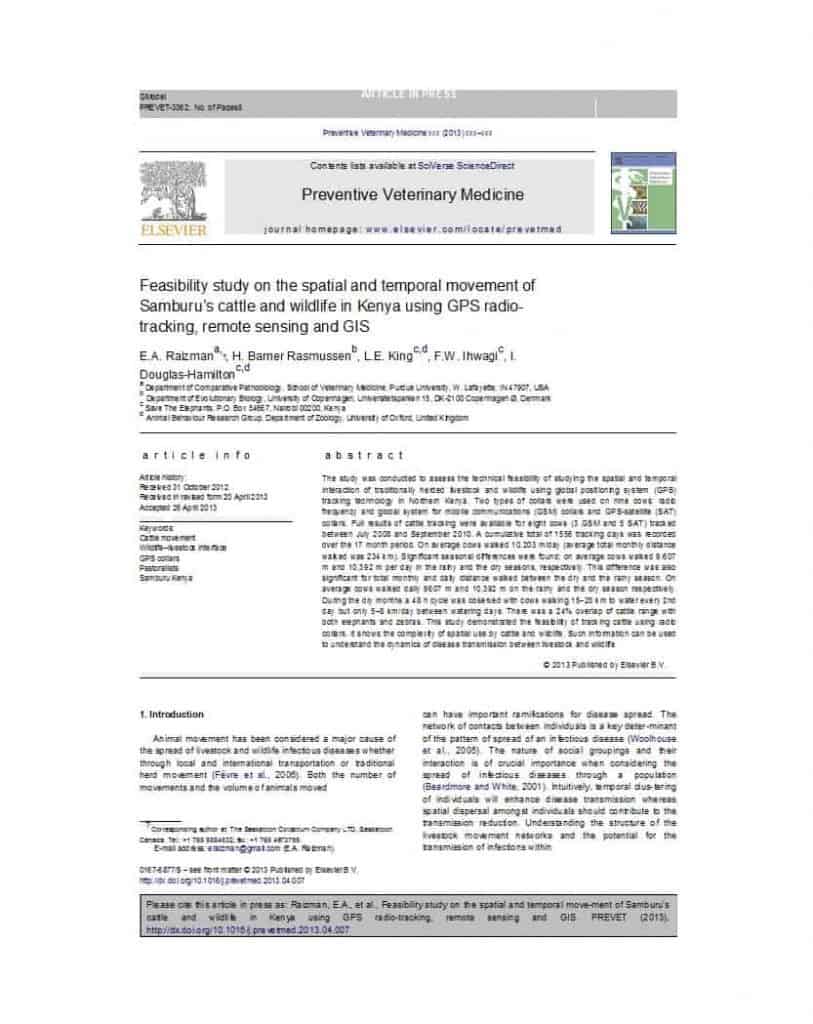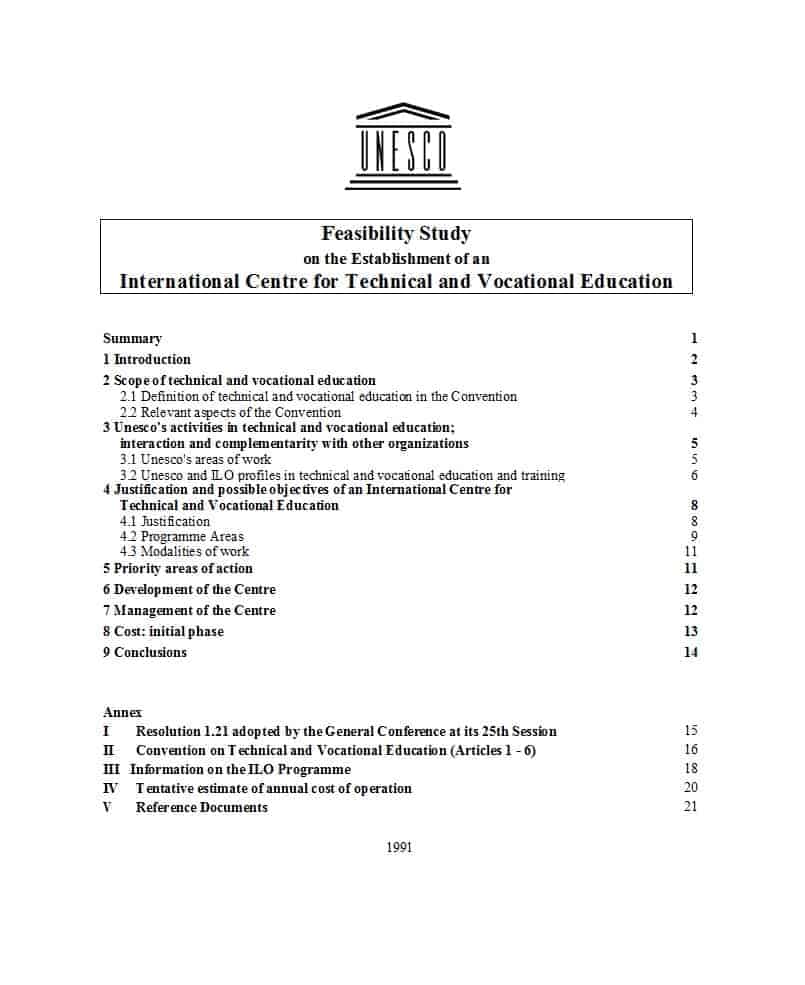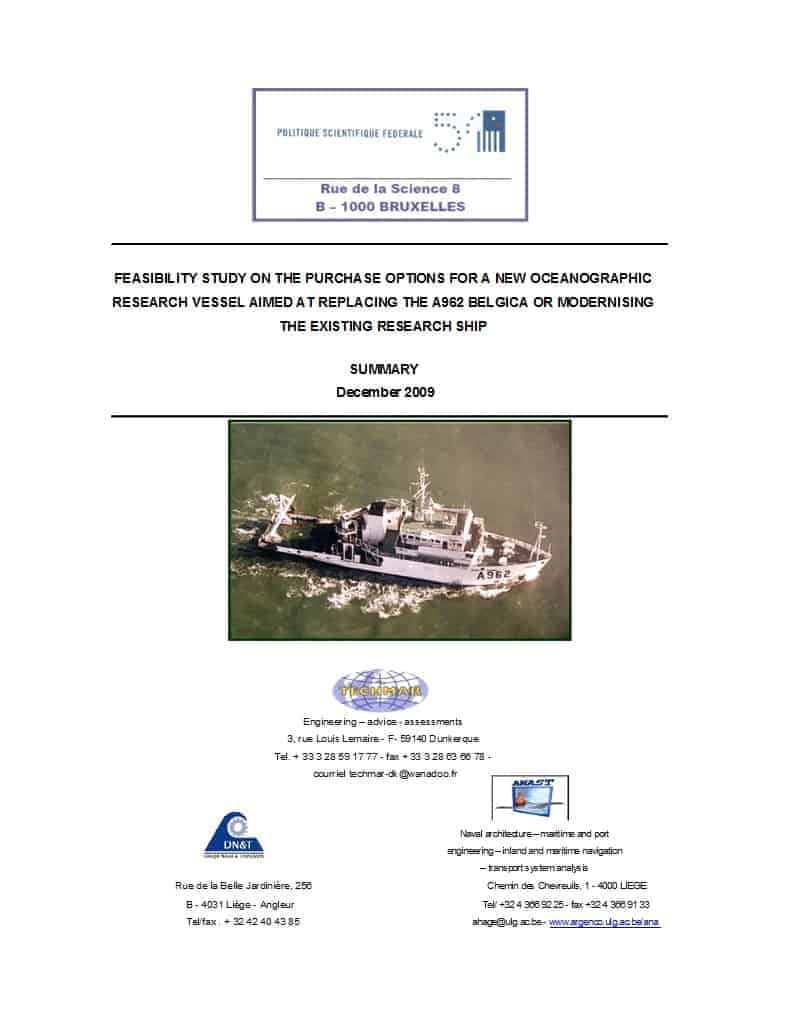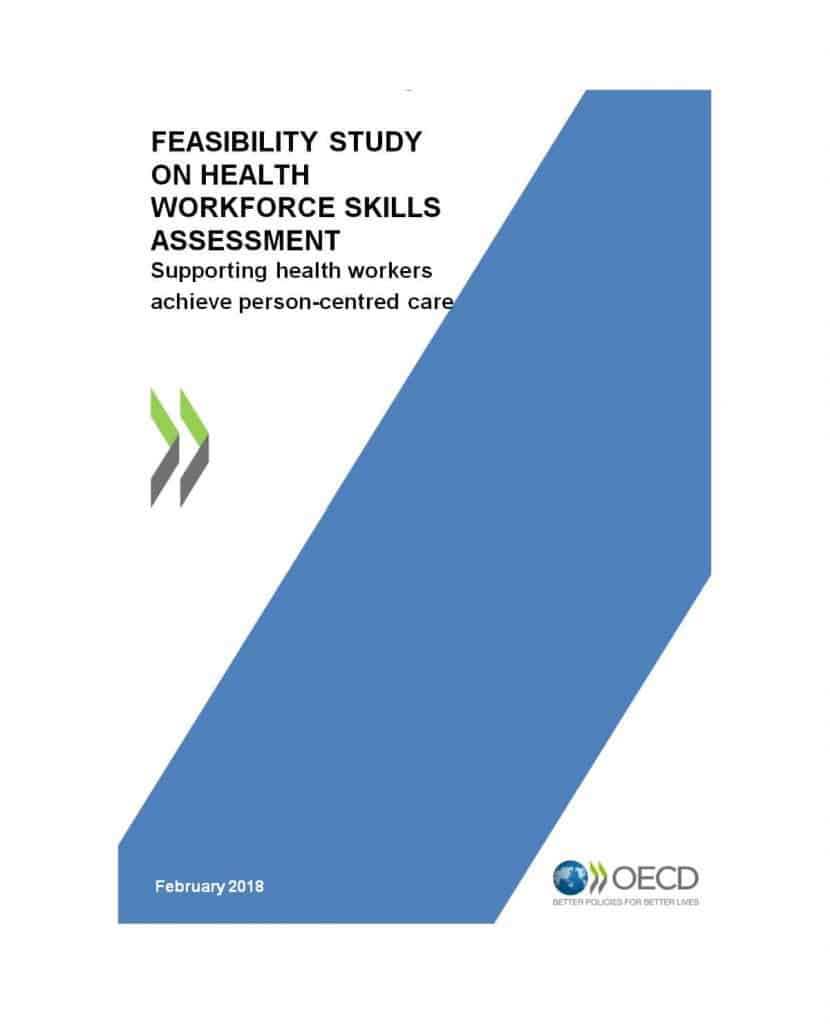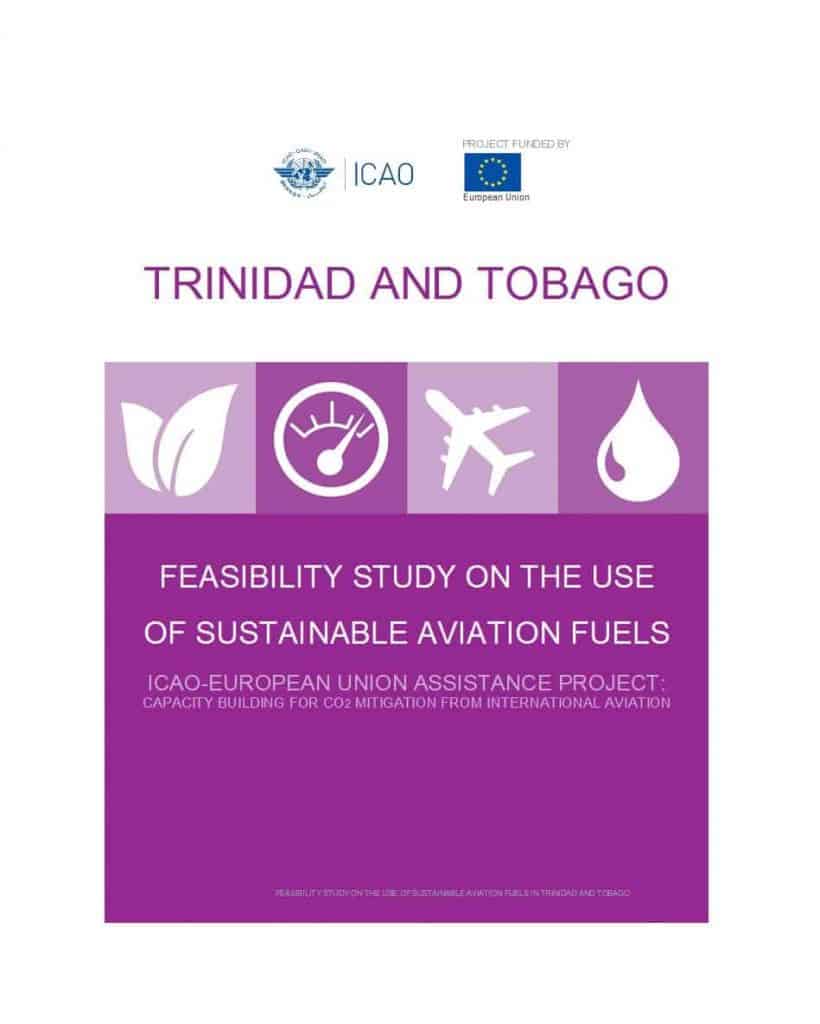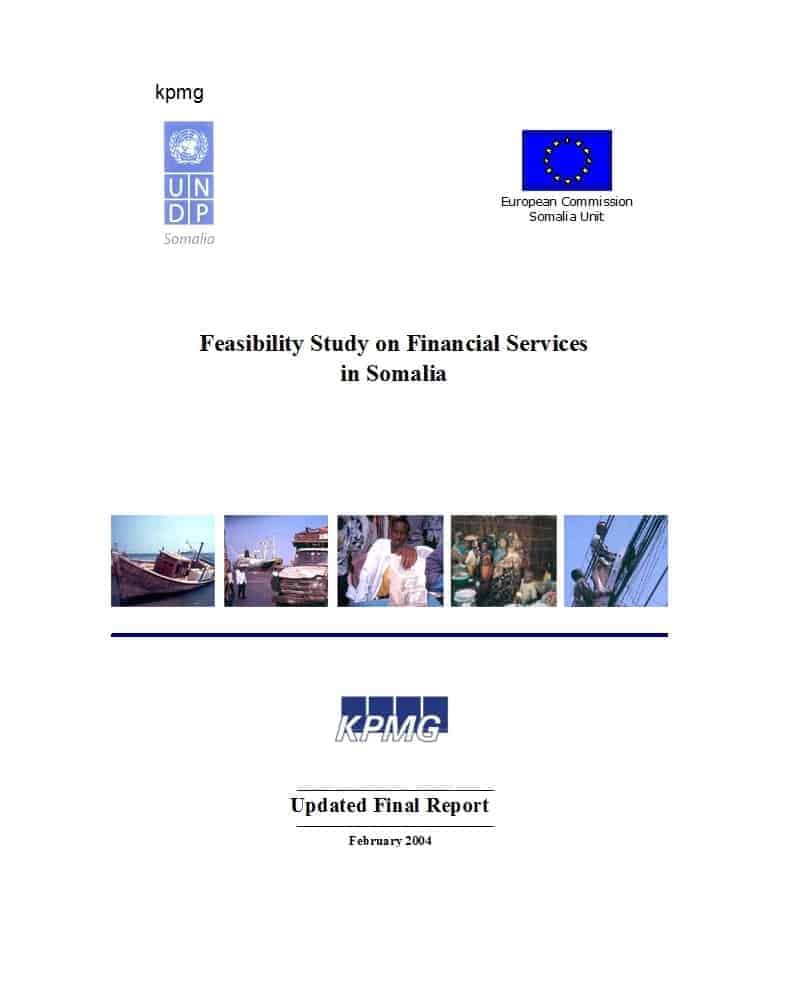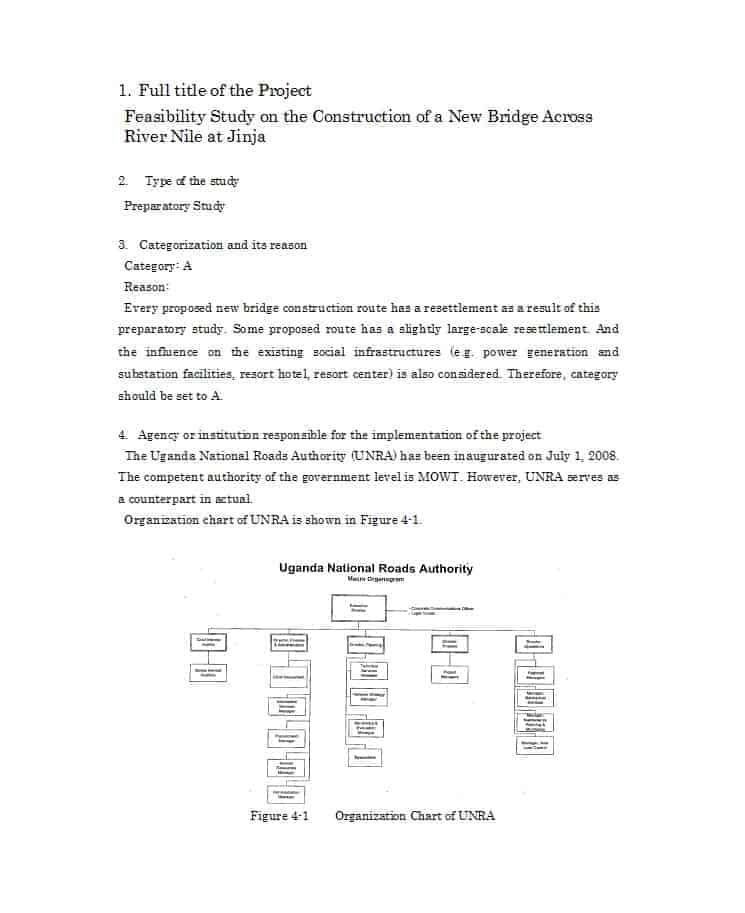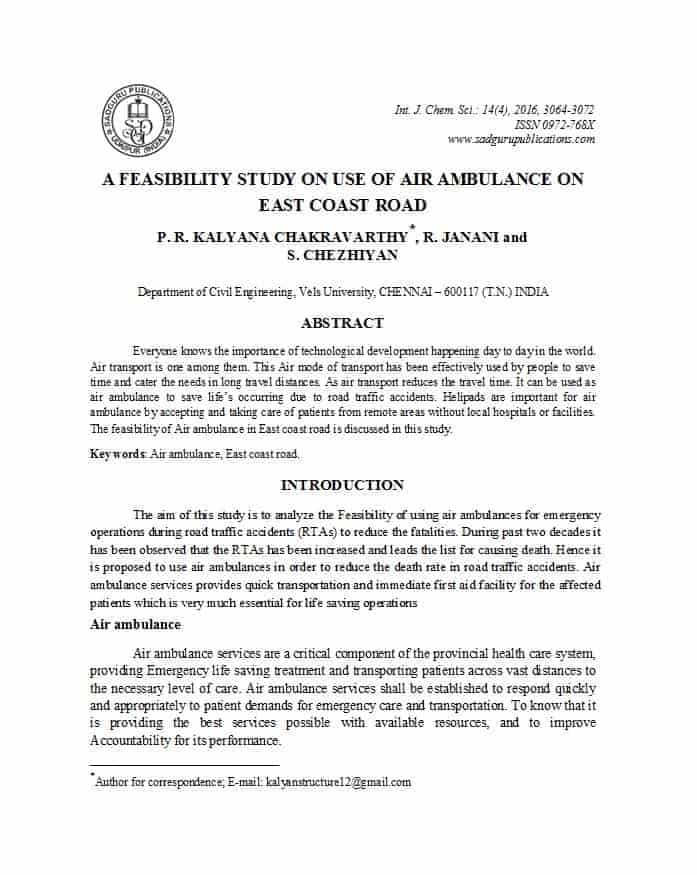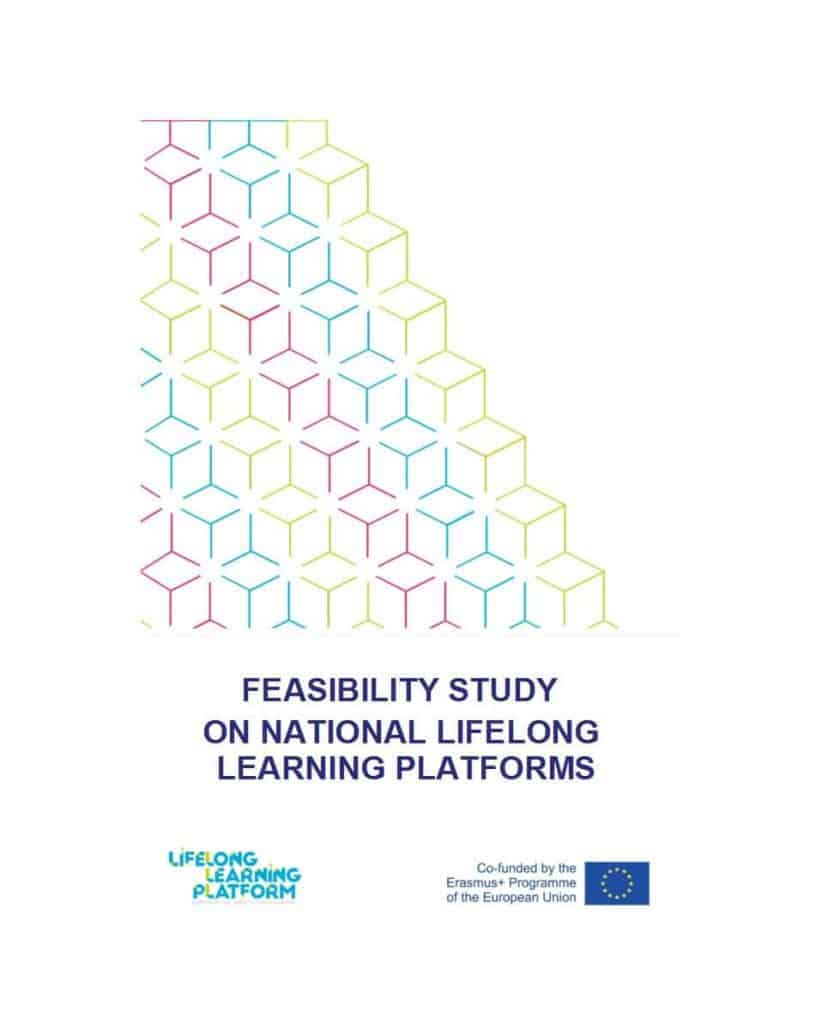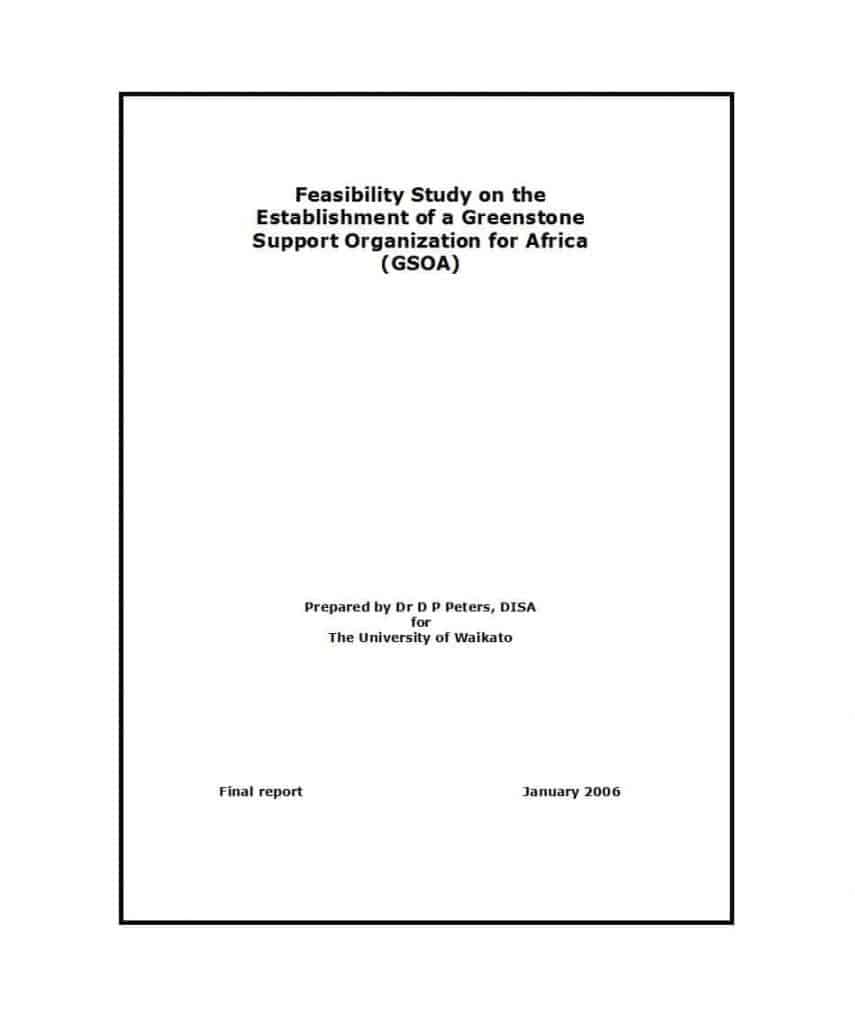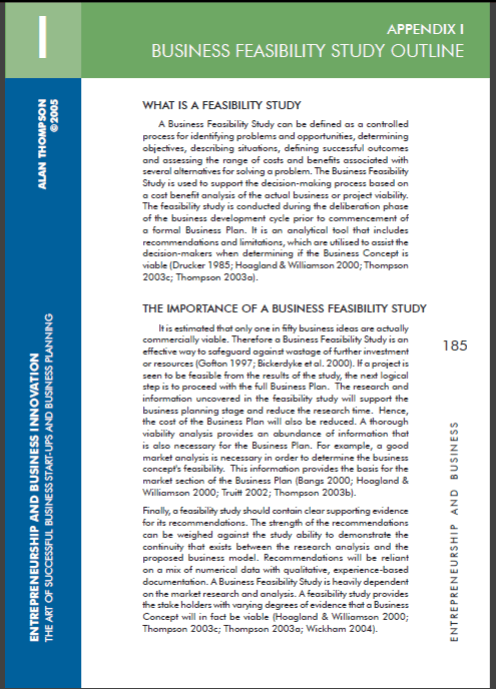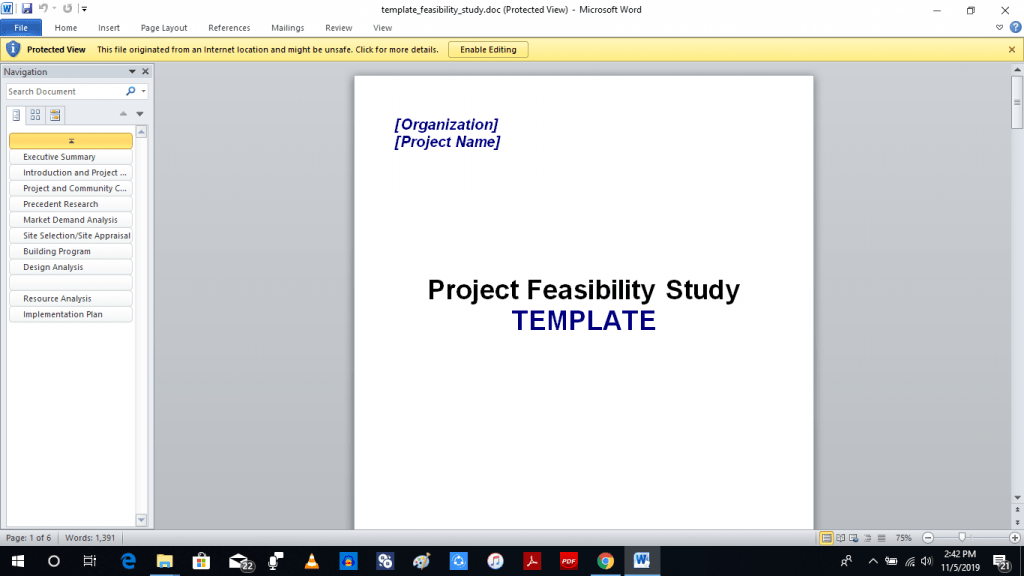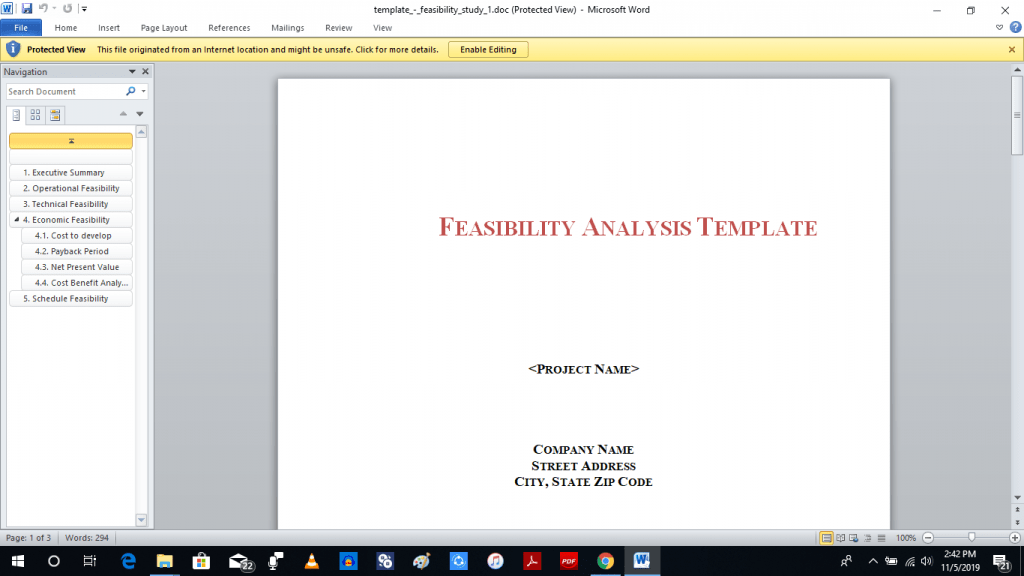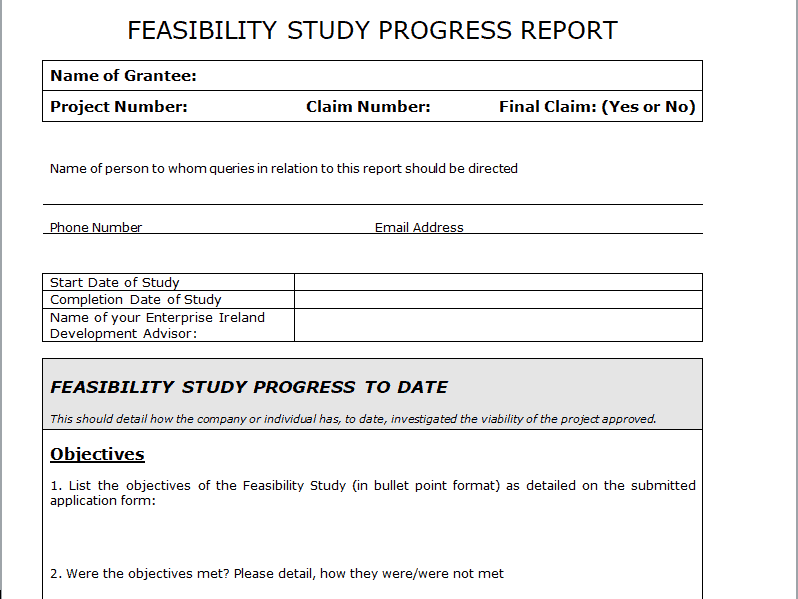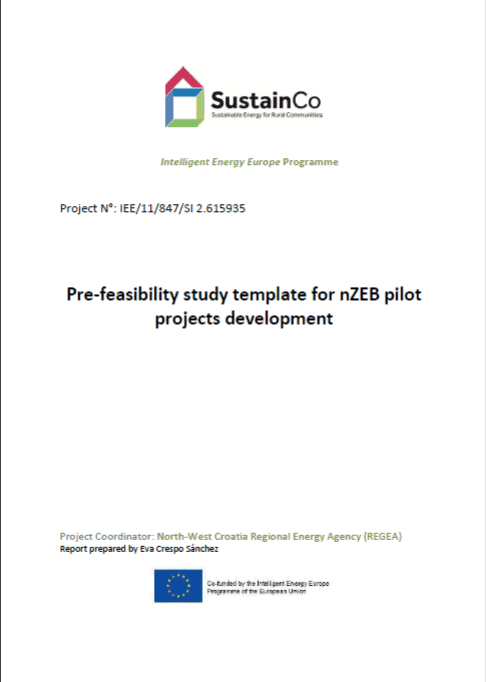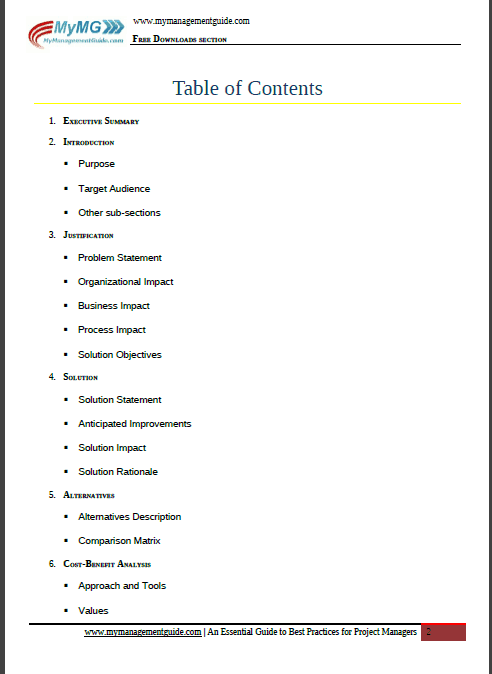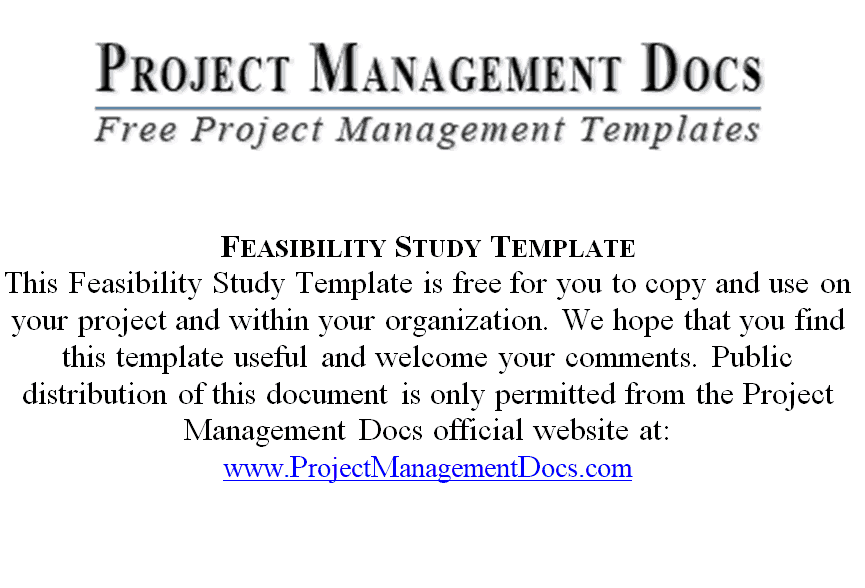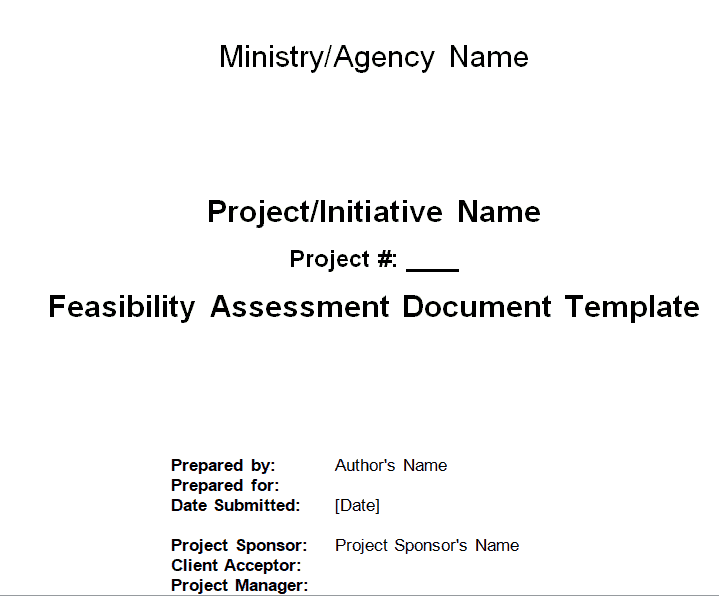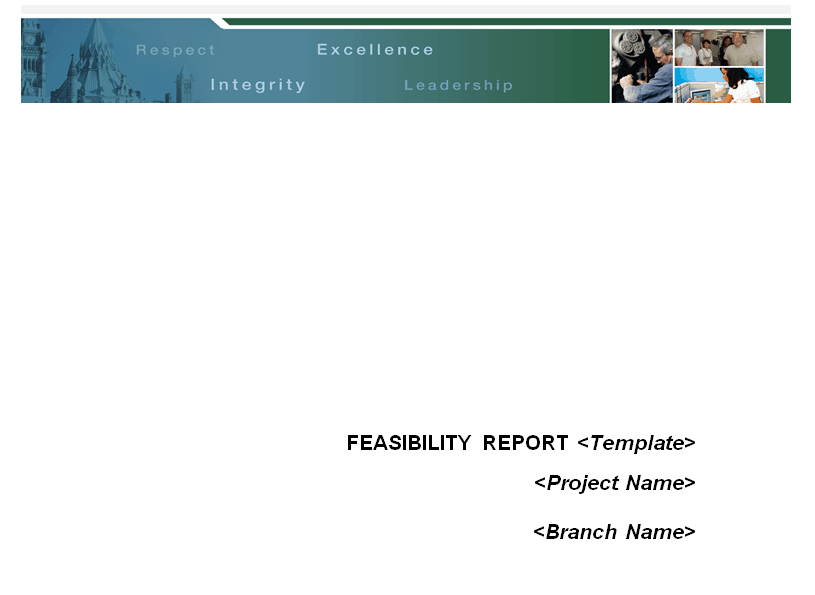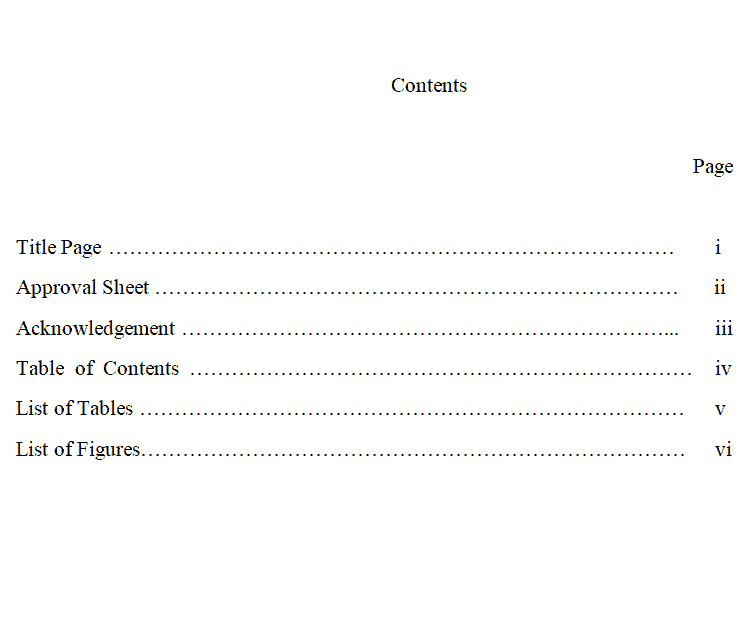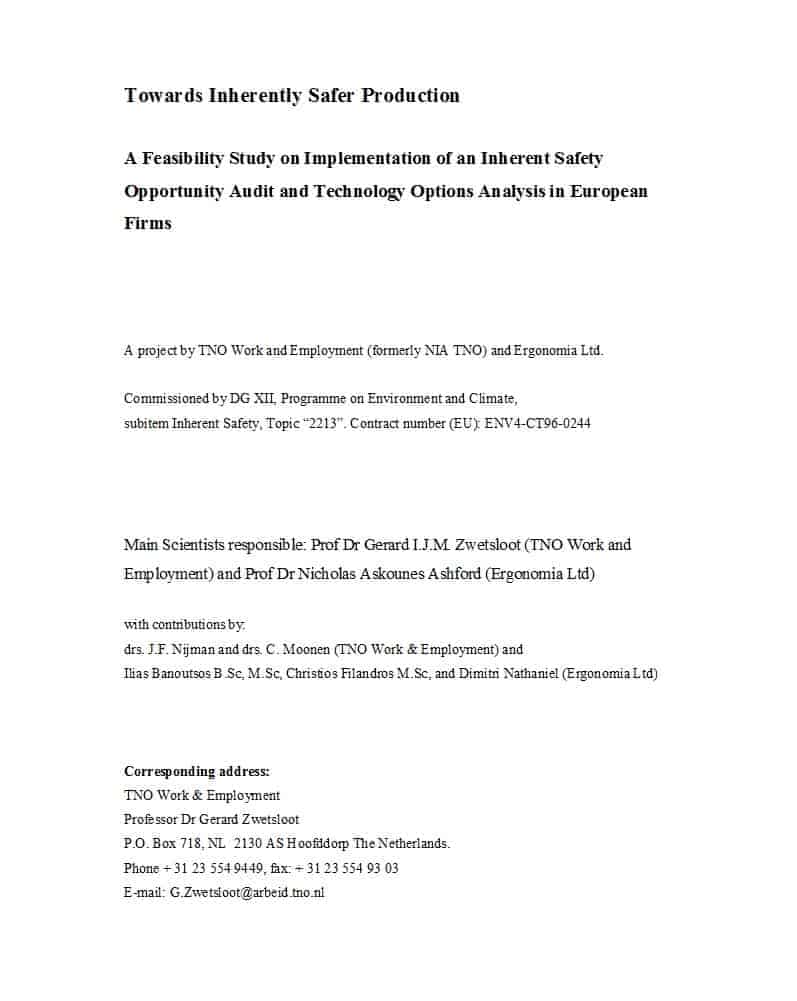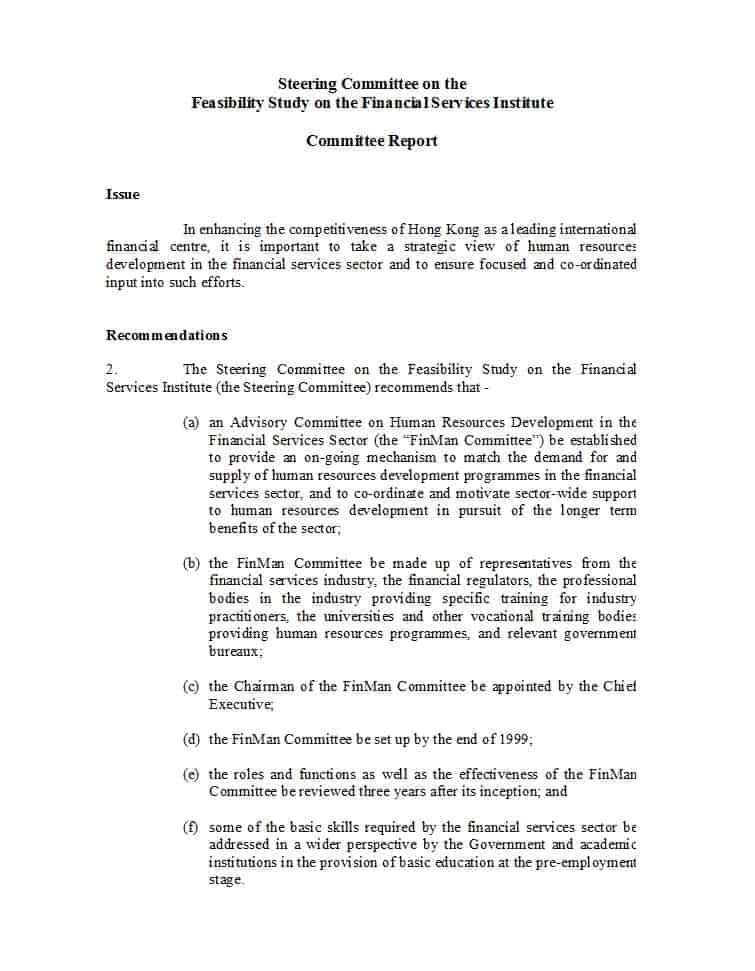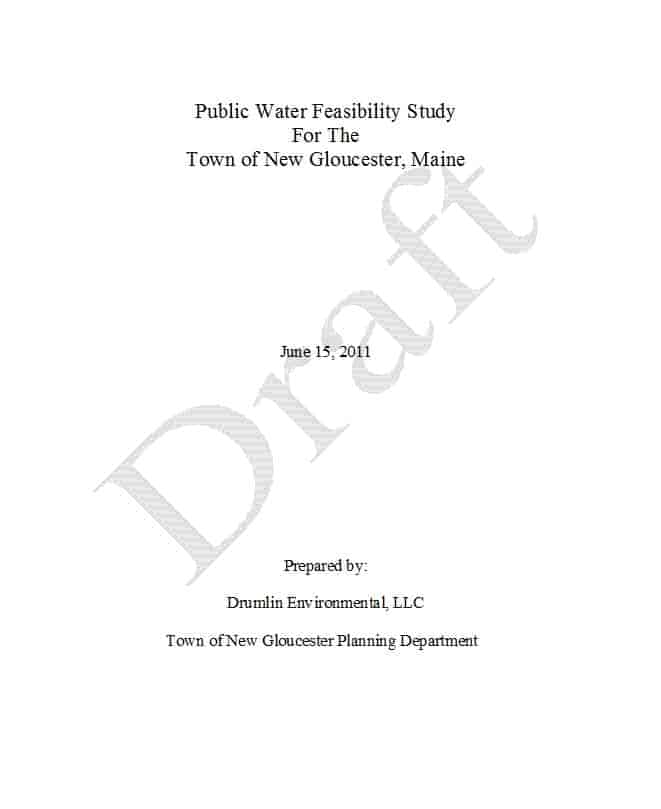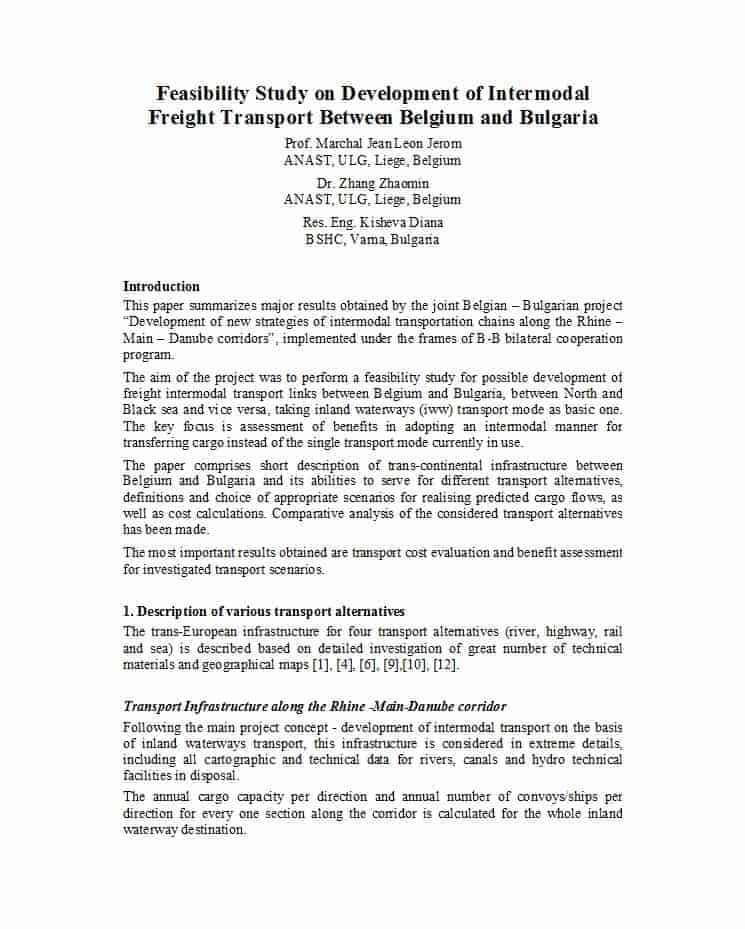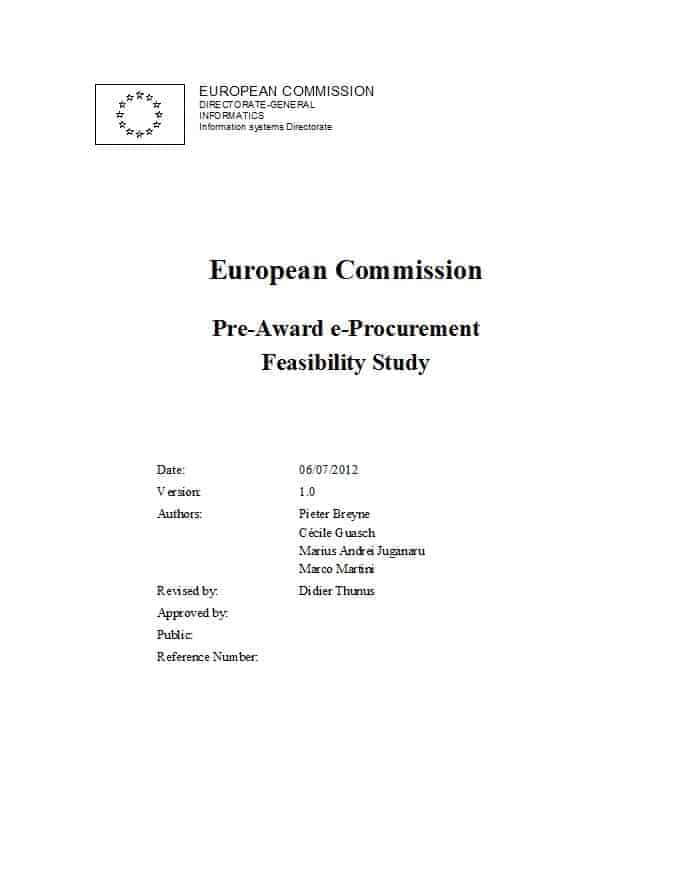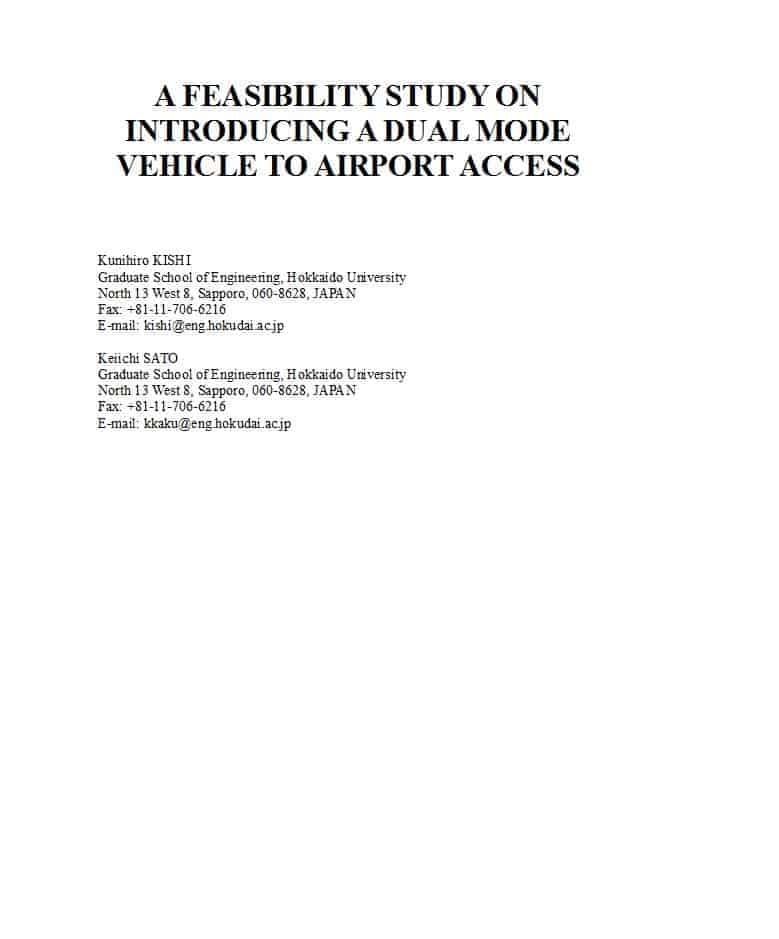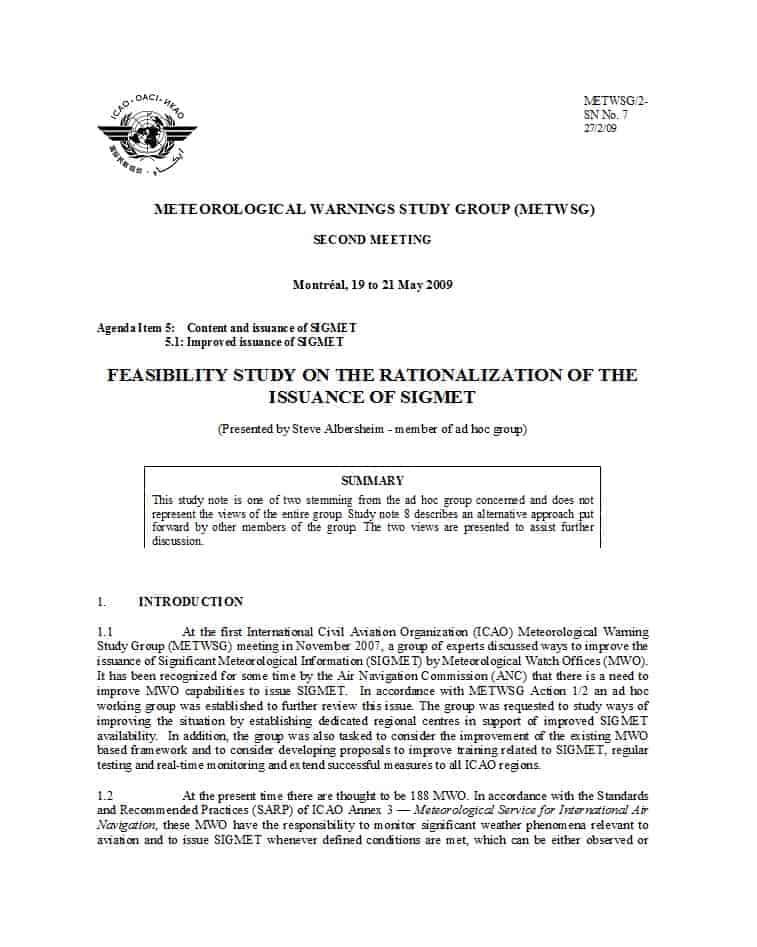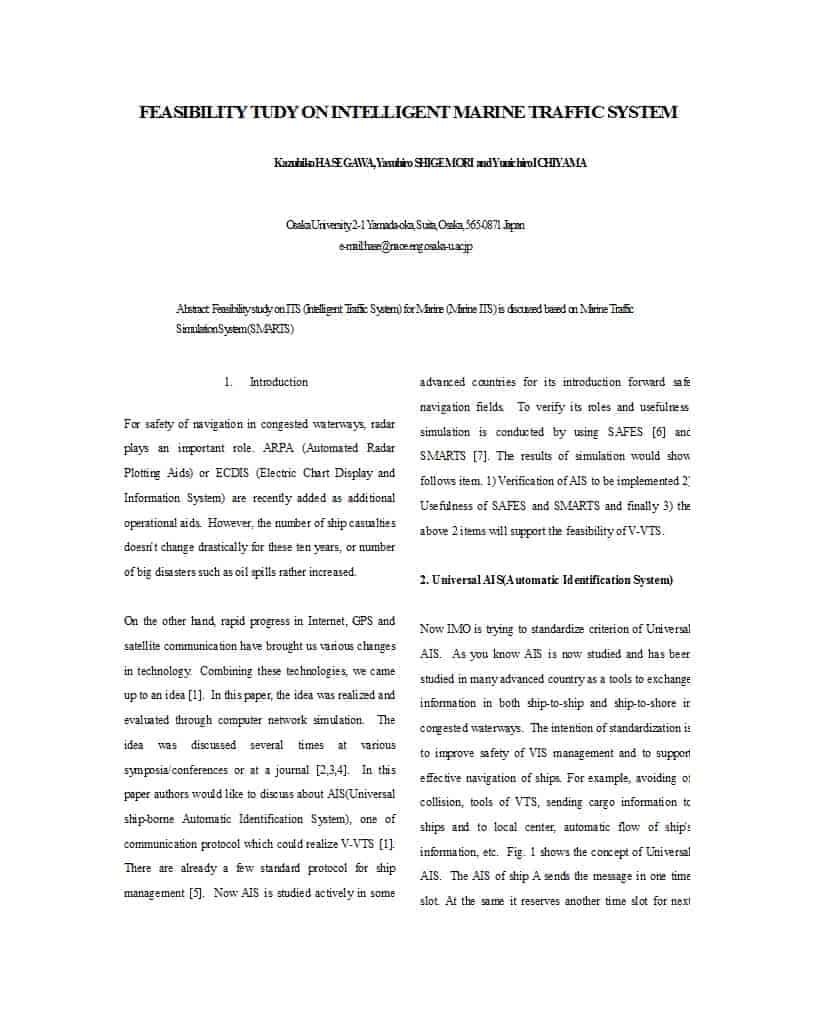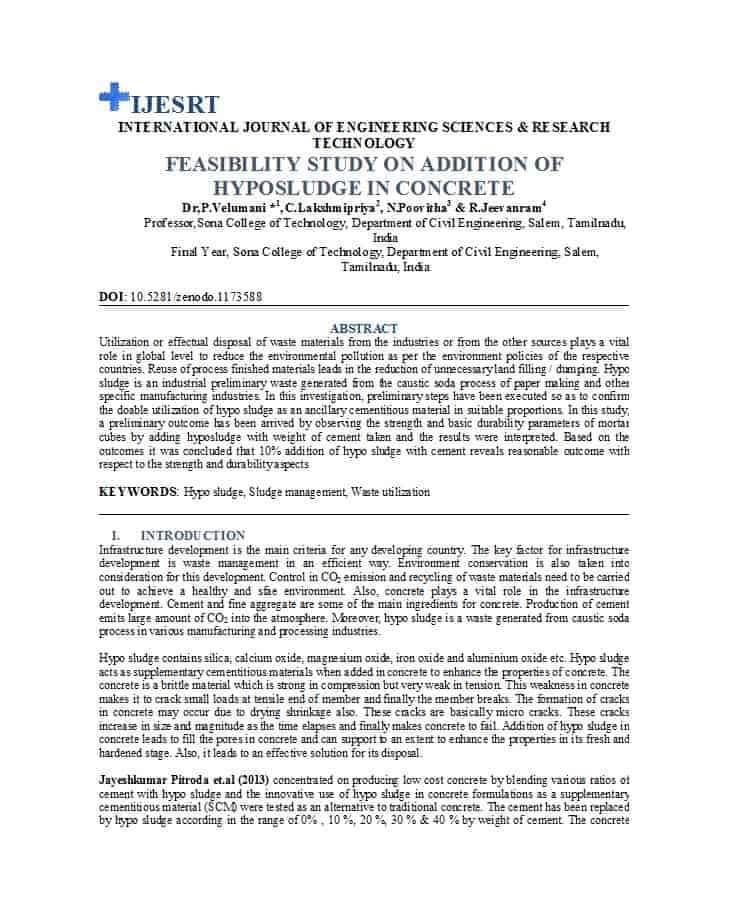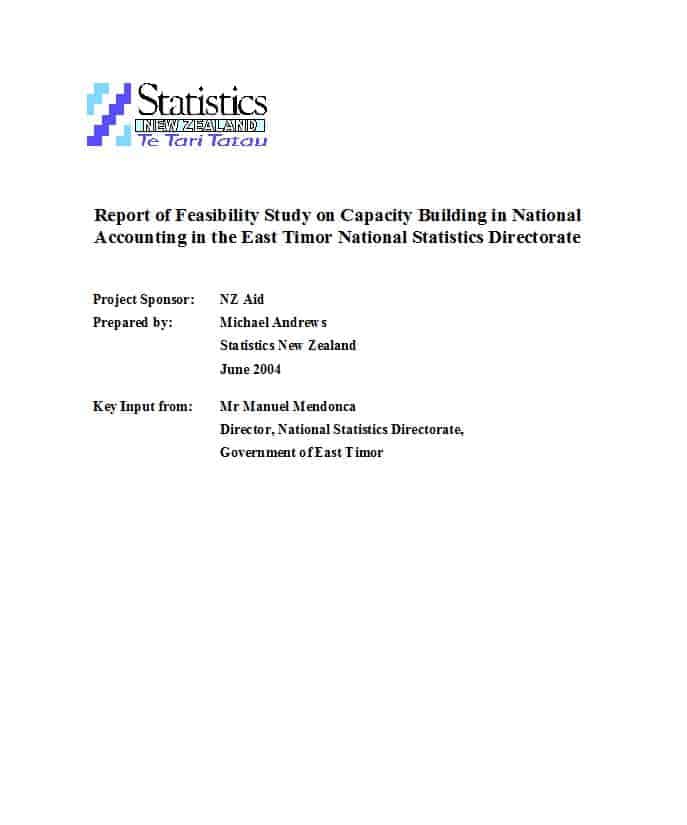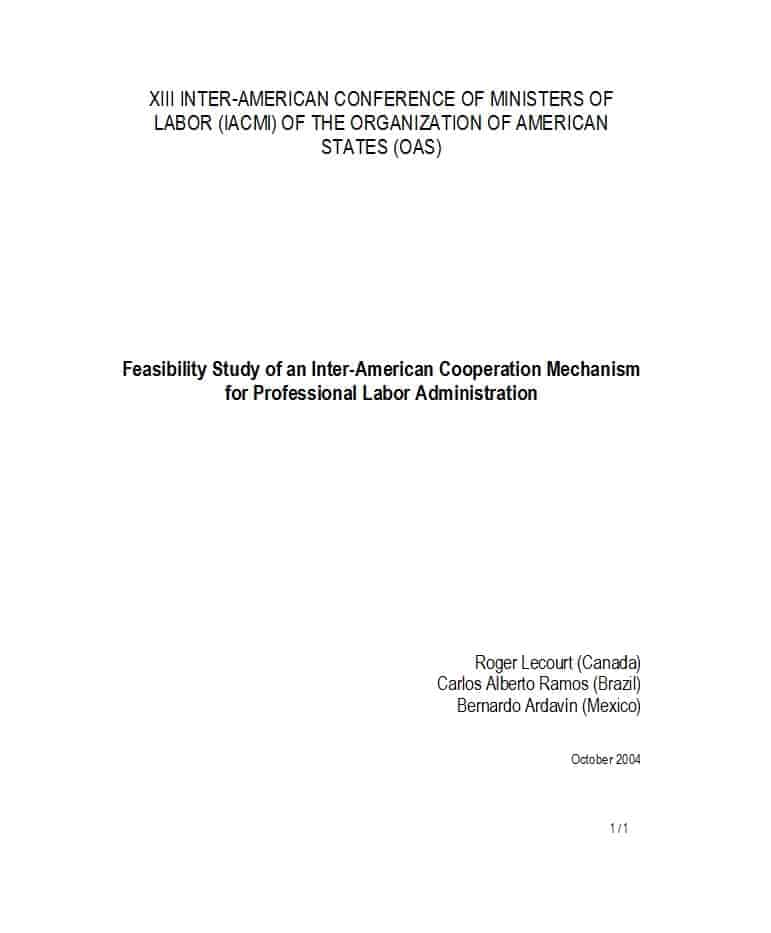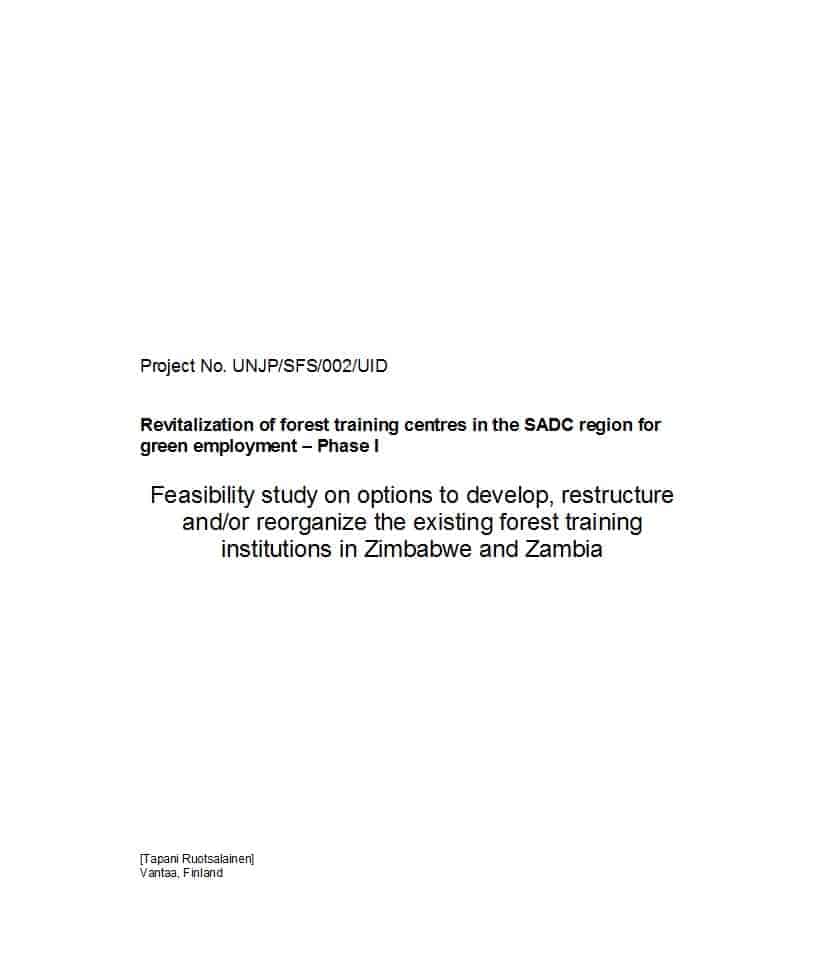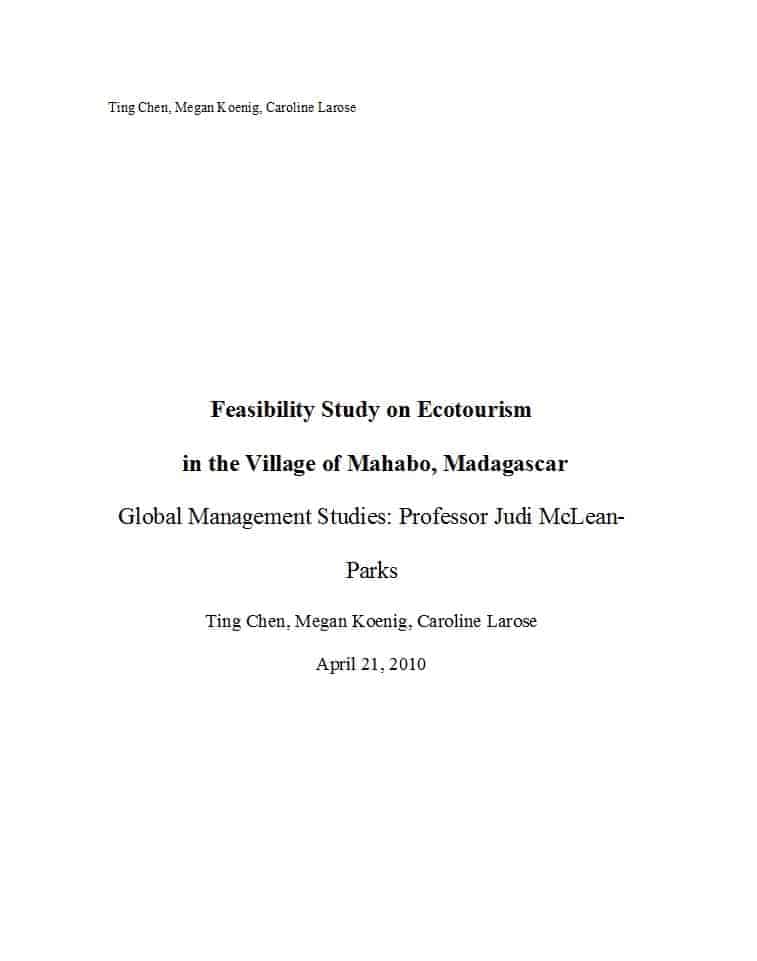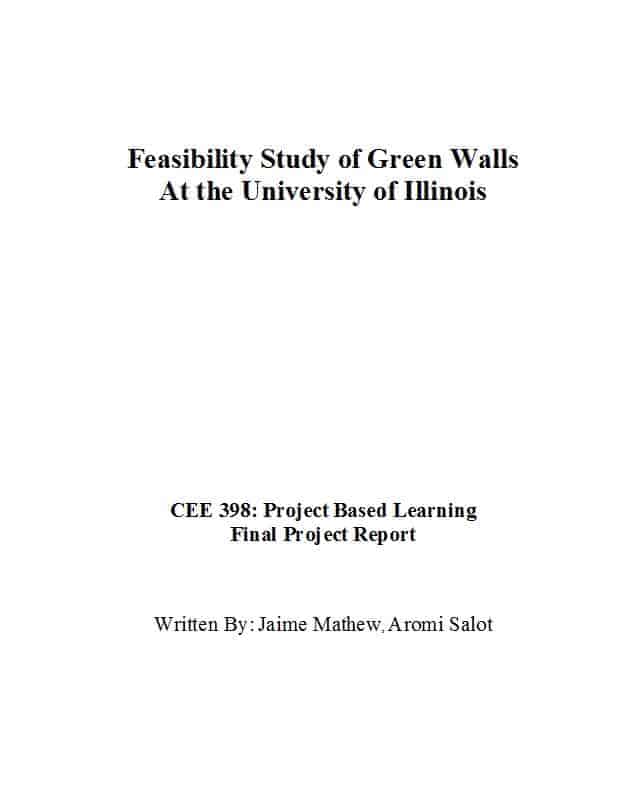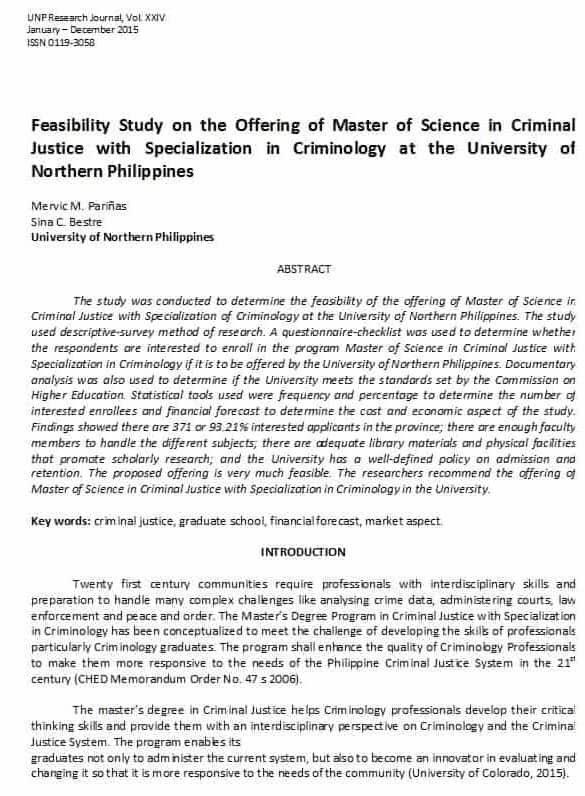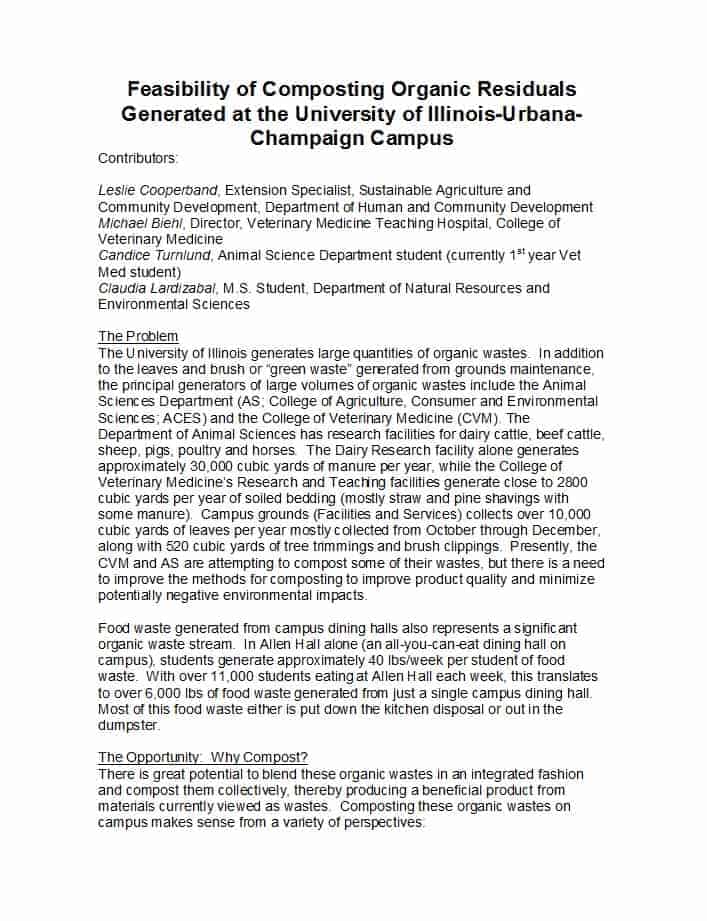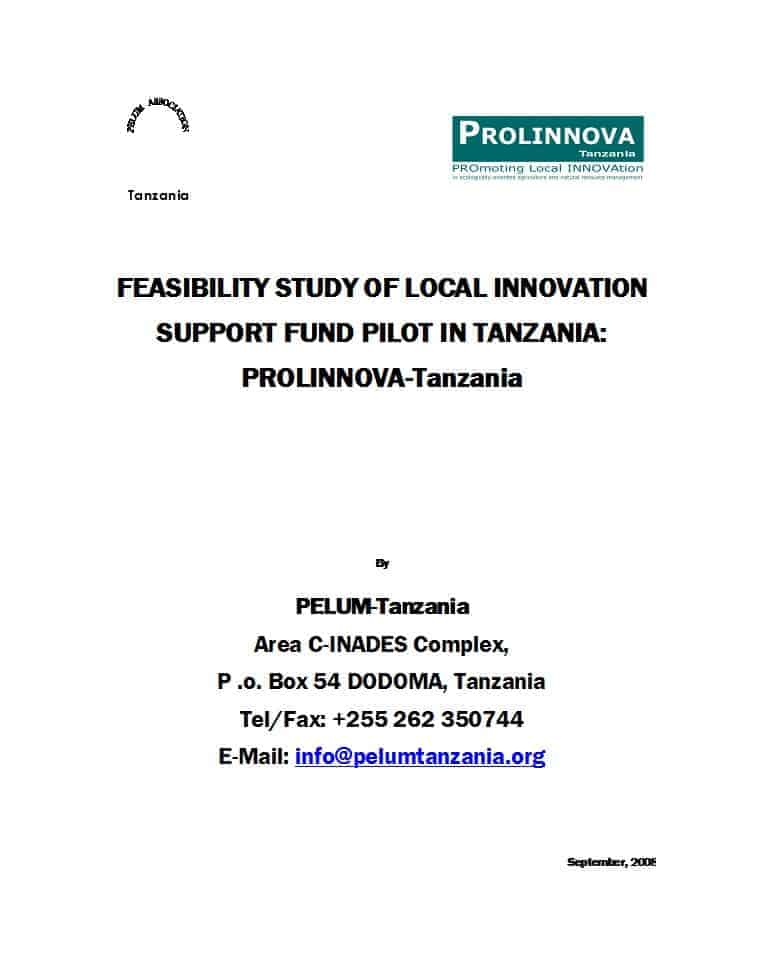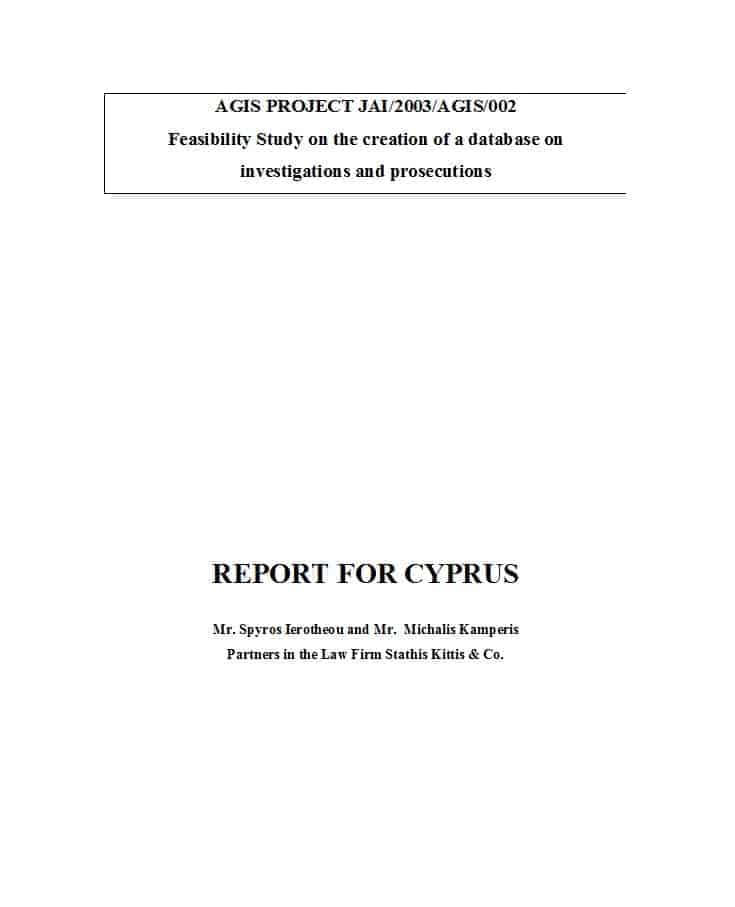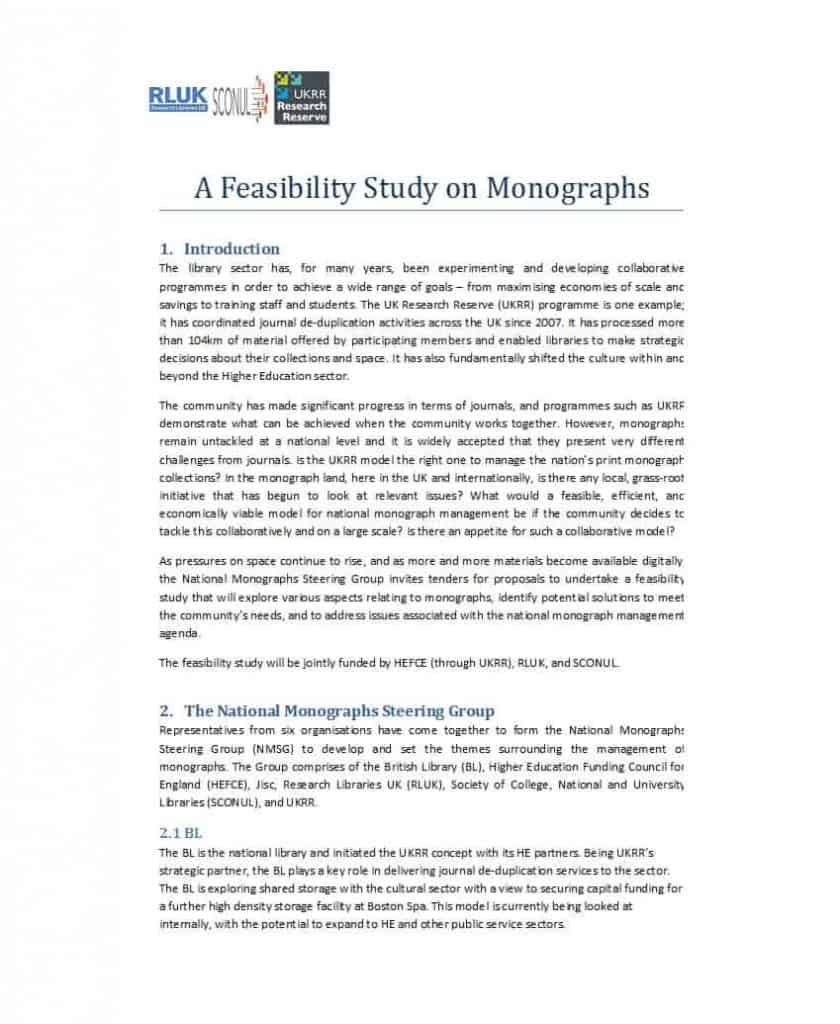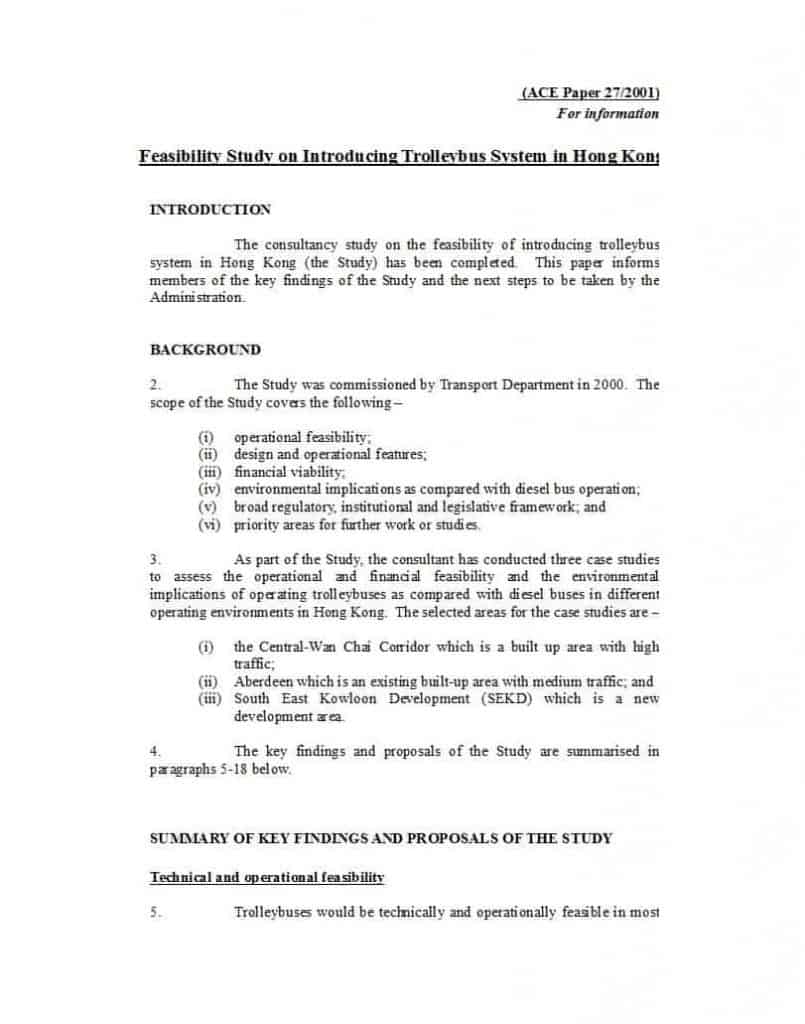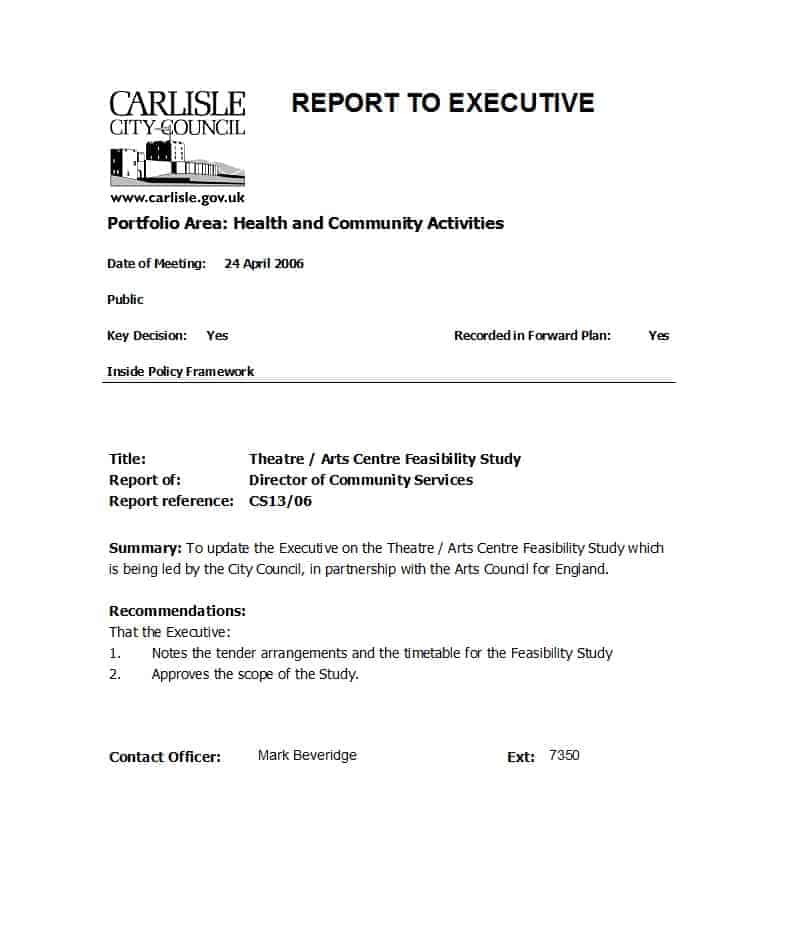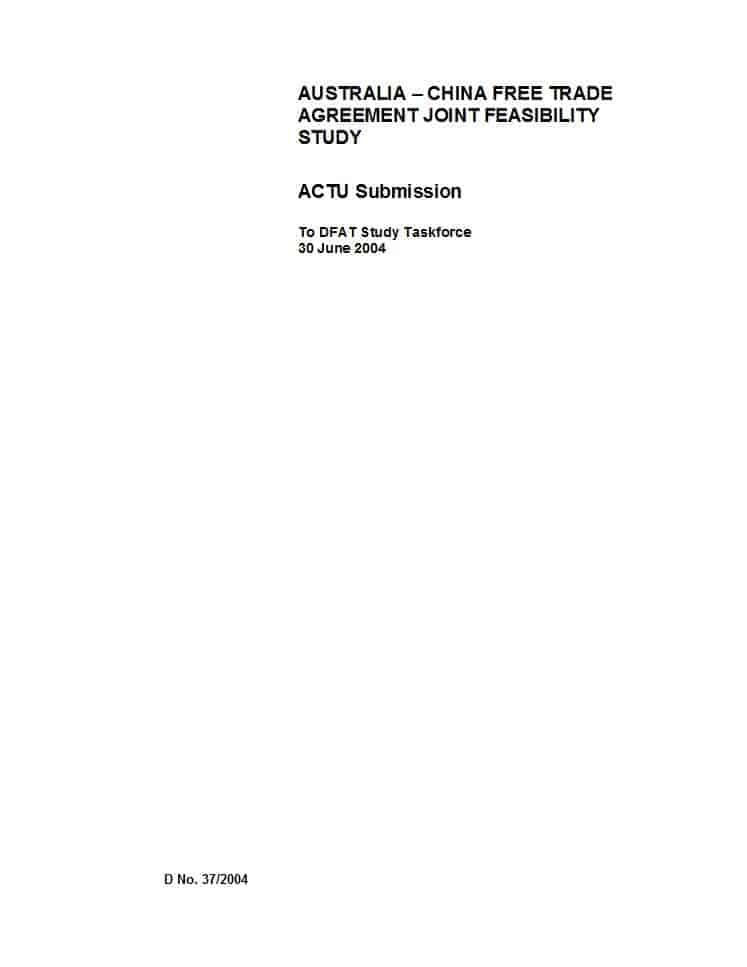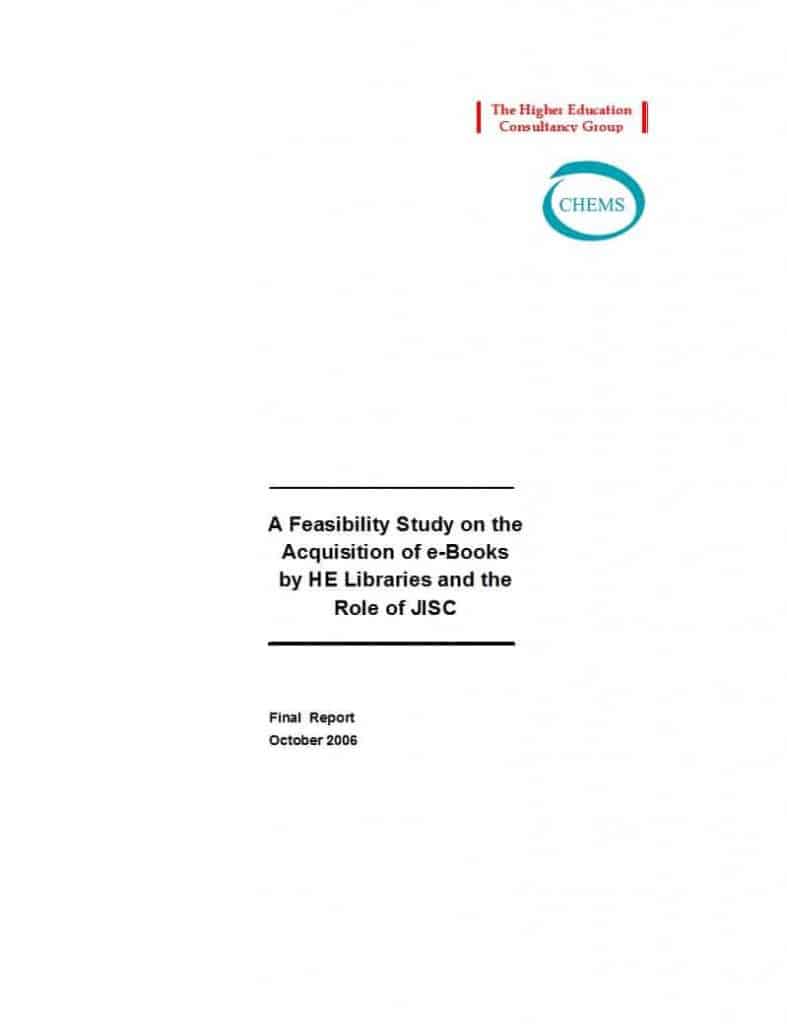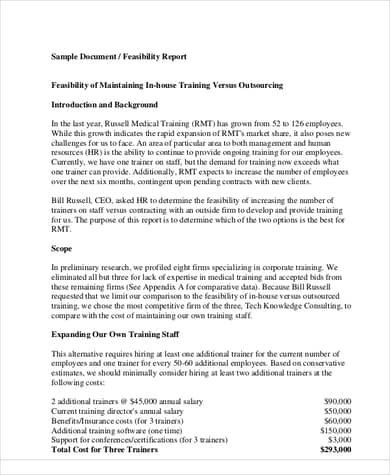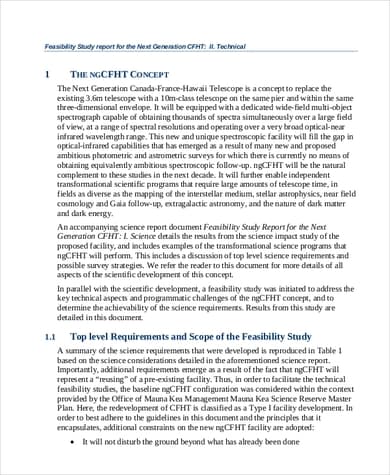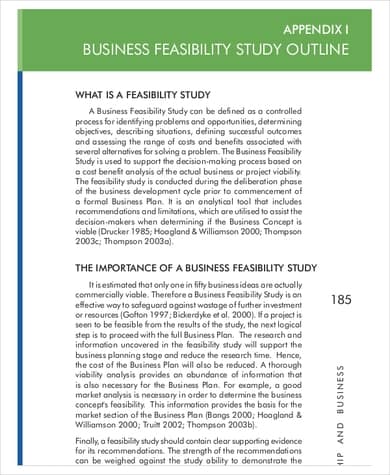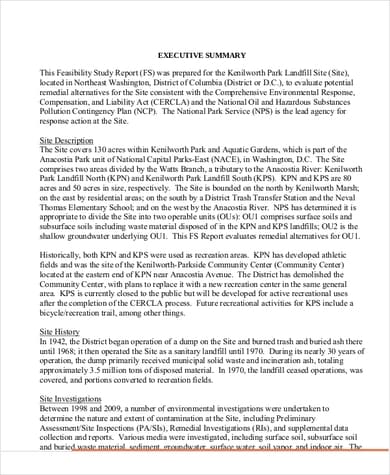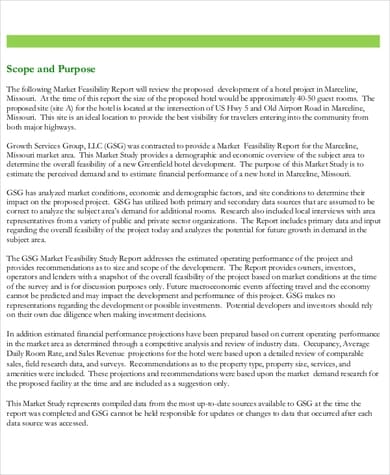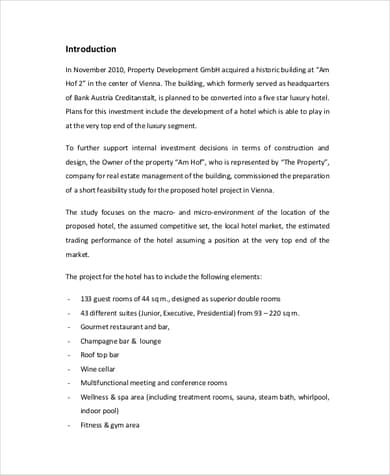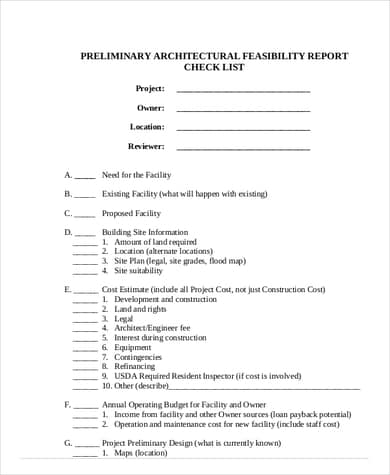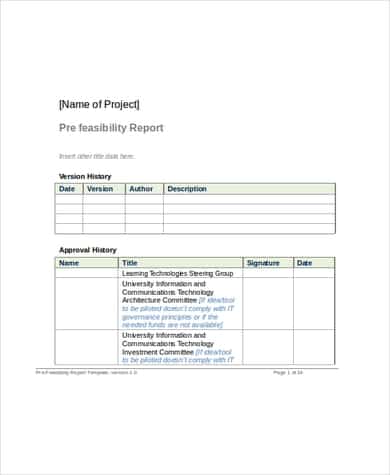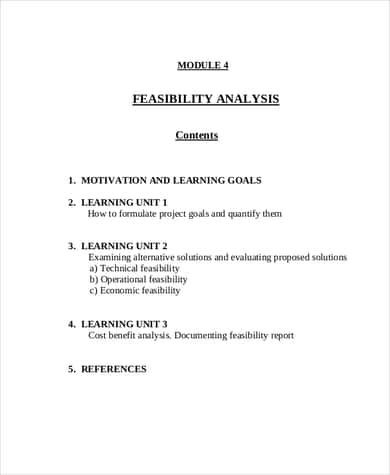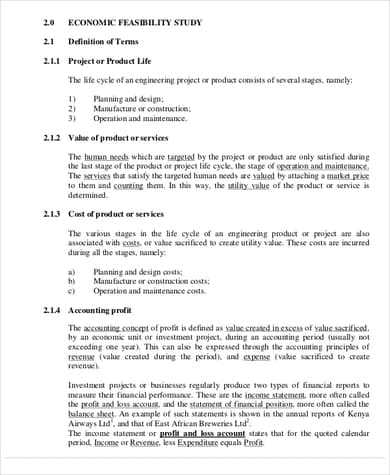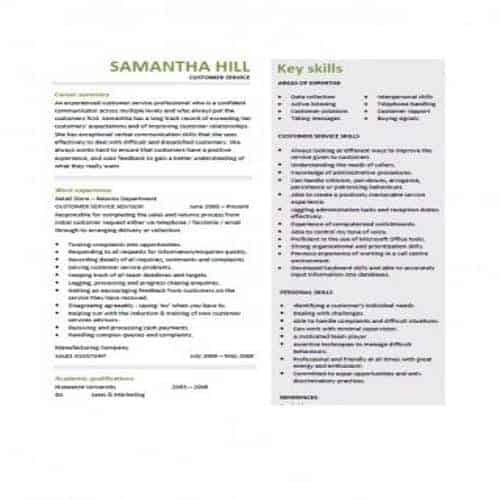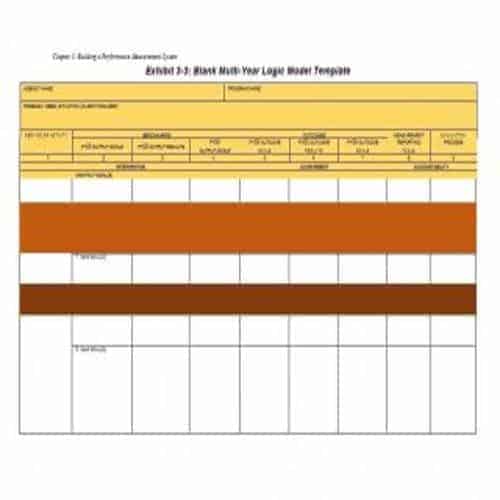A feasibility report is the evaluation of practicality and desirability of a particular project. It assists the management of an entity to choose whether or not a particular project is viable for the entity as a whole. It is not just limited to an entity or a business only but it is also practicable for personal purposes such as remodeling or redecorating your home. That’s why many people or even many entities prefer to use feasibility report templates for this purpose.
No matter whatever you are planning to do whether as an individual or as an entity, the first thing you need is a detailed feasibility report of that particular task or project. A feasibility report template will make your job easy for that purpose. In this article, you can get a quality collection of these feasibility report templates below which you can easily download and use for free.
Feasibility Report Templates
Components of a Feasibility Report
A feasibility report can comprise of a number of sections and elements depending upon the project or task under consideration, but here are some of the key elements that are included in a feasibility report.
1. Introduction:
First of all, the major problem and its proposed solution(s) are indicated. For example, by pointing out rising cost of manufacturing, the proposed solution could be the relocation of company’s manufacturing operation.
2. Background:
This includes any important contextual information. This could include the history and context of the problem, an overview of the company’s operations, any important details or any other information that relevant and important to understand before analyzing whether the project is feasible or not.
3. Requirements:
This section is also known sometimes as criteria section. It includes the details of how the feasibility of a proposed solution will be evaluated.
For example, evaluating the relocation of business or a part of a business of an entity on the basis of cost, environmental impacts, taxes and other important criteria.
4. Evaluation:
In this section, the proposed solution is compared to the current solution. All other relevant factors are also evaluated.
5. Conclusions:
Here, all the conclusions about the proposed solution are summed up. Furthermore, pros and cons of the solution can be reiterated.
6. Recommendations:
This section is the final opinion section. Here, the recommendation of, whether a solution is feasible or not, is made. By now, the recommendation should be obvious as it is based on all the collected information and its analysis.
Sample Feasibility Reports
Benefits of Feasibility Report
Some of the key benefits of a feasibility report are listed below:
- The Feasibility report provides a clear information for a go or a no-go decision.
- It identifies new opportunities.
- It determines the valid reasons to undertake a project.
- It also point out the reasons not to proceed.
- It increases the success rate in a particular project by evaluating multiple factors.
- It narrows the business alternatives.
- It improves team work and the project teams’ focus.
- With the help of a feasibility report, current available resources for a project can easily be assessed.
- Feasibility report also assists in estimating the additional resources that are required for a particular project.
